Negligence under Law of Torts
Introduction
In everyday life, negligence generally refers to carelessness or the failure to take appropriate action. However, in legal terms, negligence involves the failure to exercise the level of care that a reasonable person would in similar circumstances. To determine if someone's conduct was negligent, the likelihood that it would cause harm, the potential severity of that harm, and the burden of taking precautions are considered. When negligence leads to harm, the injured party may sue for damages. This harm can include physical injury, property damage, psychiatric illness, or economic loss. Negligence is typically assessed through a five-part model: duty, breach, actual cause, proximate cause, and damages.
For example, a store owner who fails to put up a "Caution: Wet Floor" sign after mopping creates a foreseeable risk of harm.
Definition of Negligence under Law of Torts
According to Winfield and Jolowicz, "Negligence is the breach of a legal duty to take care which results in damage, undesired by the defendant to the plaintiff."
Lord Wright further explains, "Negligence means more than heedless or careless conduct, whether in commission or omission; it properly connotes the complex concept of duty, breach, and damage suffered by the person to whom the duty was owed."
In Blyth v. Birmingham WaterWorks Co. (1856), ALDERSON, B. defined negligence as the omission to do something which a reasonable person would do, or doing something which a prudent or reasonable person would not do.
Negligence as a Tort
Negligence is a tort, which means it is a civil wrong that one party suffers due to another's actions. Unlike criminal law, where the degree of negligence determines liability, in tort law, the amount of damage determines the extent of liability.
The test for negligence requires that:
- Harm must be a reasonably foreseeable result of the defendant’s conduct.
- A relationship of proximity must exist between the plaintiff and defendant.
- It must be fair, just, and reasonable to impose liability.
Elements of Negligence under Law of Torts
- Duty of Care to the Plaintiff: This duty is a legal obligation to act with care towards others. It must be proven that the defendant owed this duty to the plaintiff.
- Breach of Duty: A breach occurs when the defendant fails to meet the standard of care expected in the given situation. The standard is that of a "reasonable person."
- Damage: The breach of duty must result in actual damage to the plaintiff. The damage should not be too remote from the defendant's actions.
Remedies for Negligence under Law of Torts
The main remedy in negligence cases is an award of damages, which compensates for the harm caused. The harm must be reasonably foreseeable, and the burden is usually on the claimant to prove the breach of duty.
Defenses against Negligence under Law of Torts
- Contributory Negligence: If the plaintiff is also negligent and contributes to the harm, the defendant may use this as a defense.
- Act of God (Vis Major): Natural events that could not be anticipated or controlled can absolve the defendant of liability.
- Inevitable Accident: If the harm was caused by an unavoidable event despite reasonable care, the defendant may not be liable.
Conclusion
Negligence is a fundamental concept in tort law, holding individuals accountable for failing to act with the care that a reasonable person would exercise. Understanding the elements, remedies, and defenses associated with negligence is crucial for determining liability in civil cases.
Share
Related Post
Tags
Archive
Popular & Recent Post




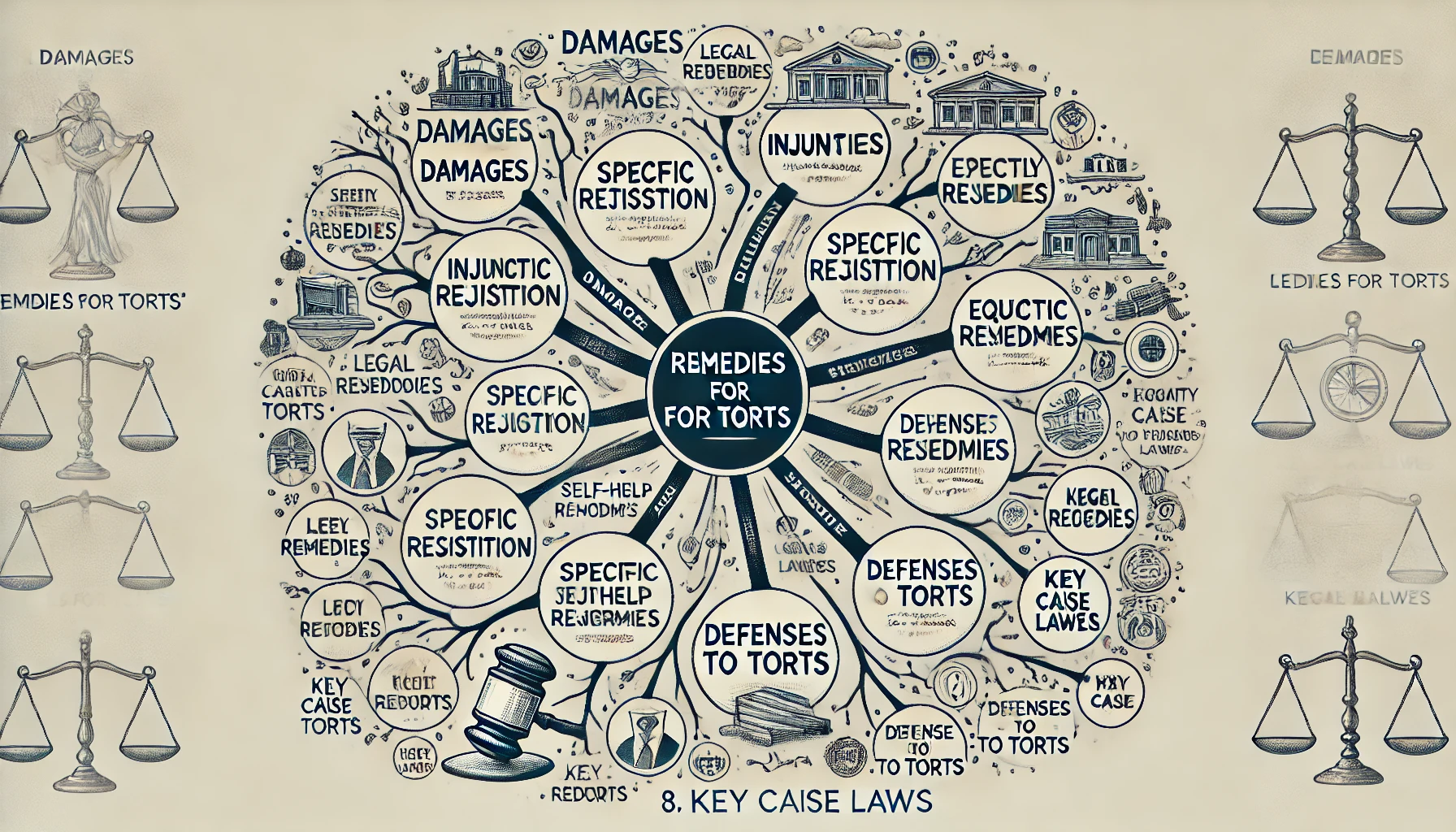

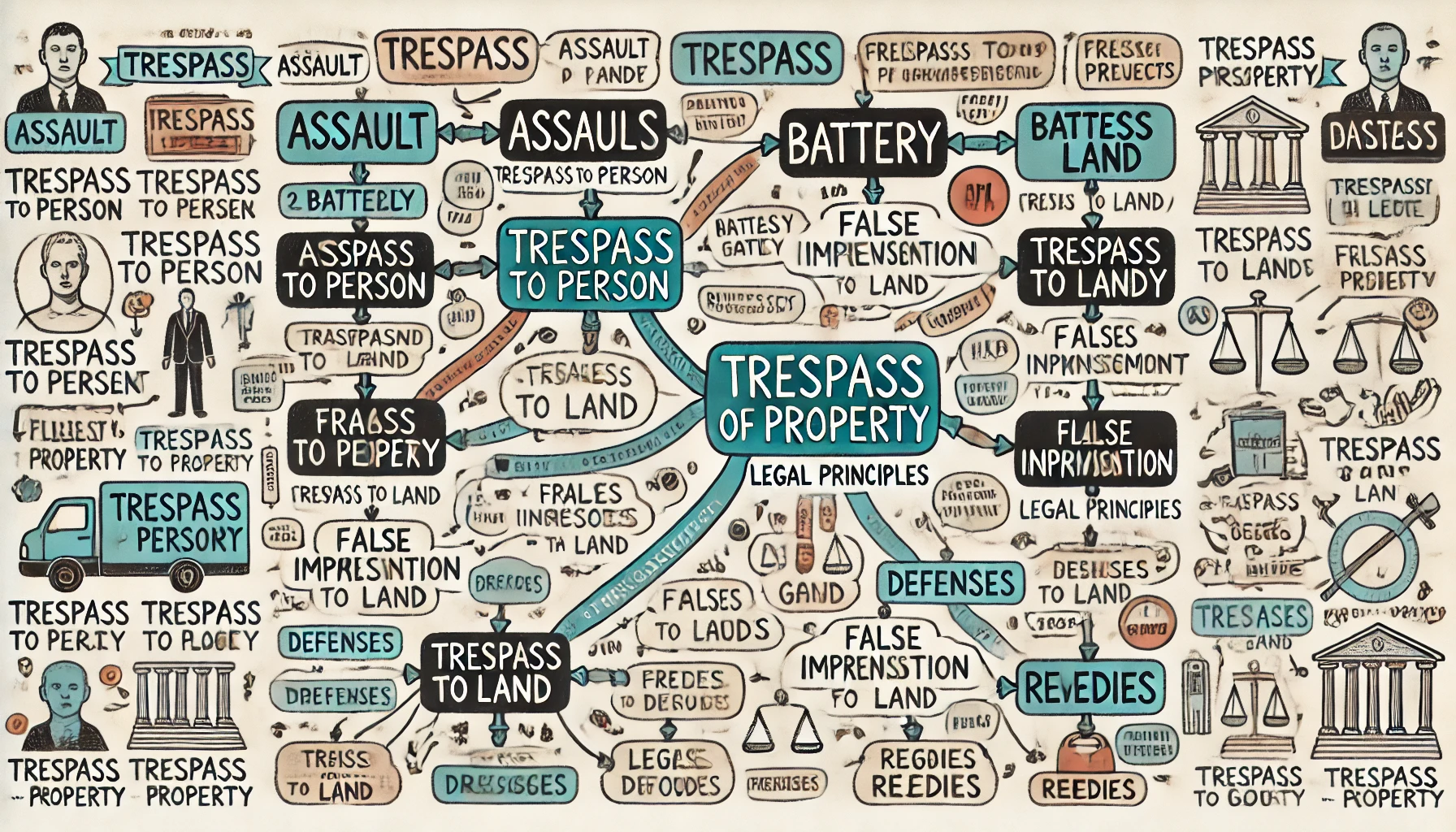
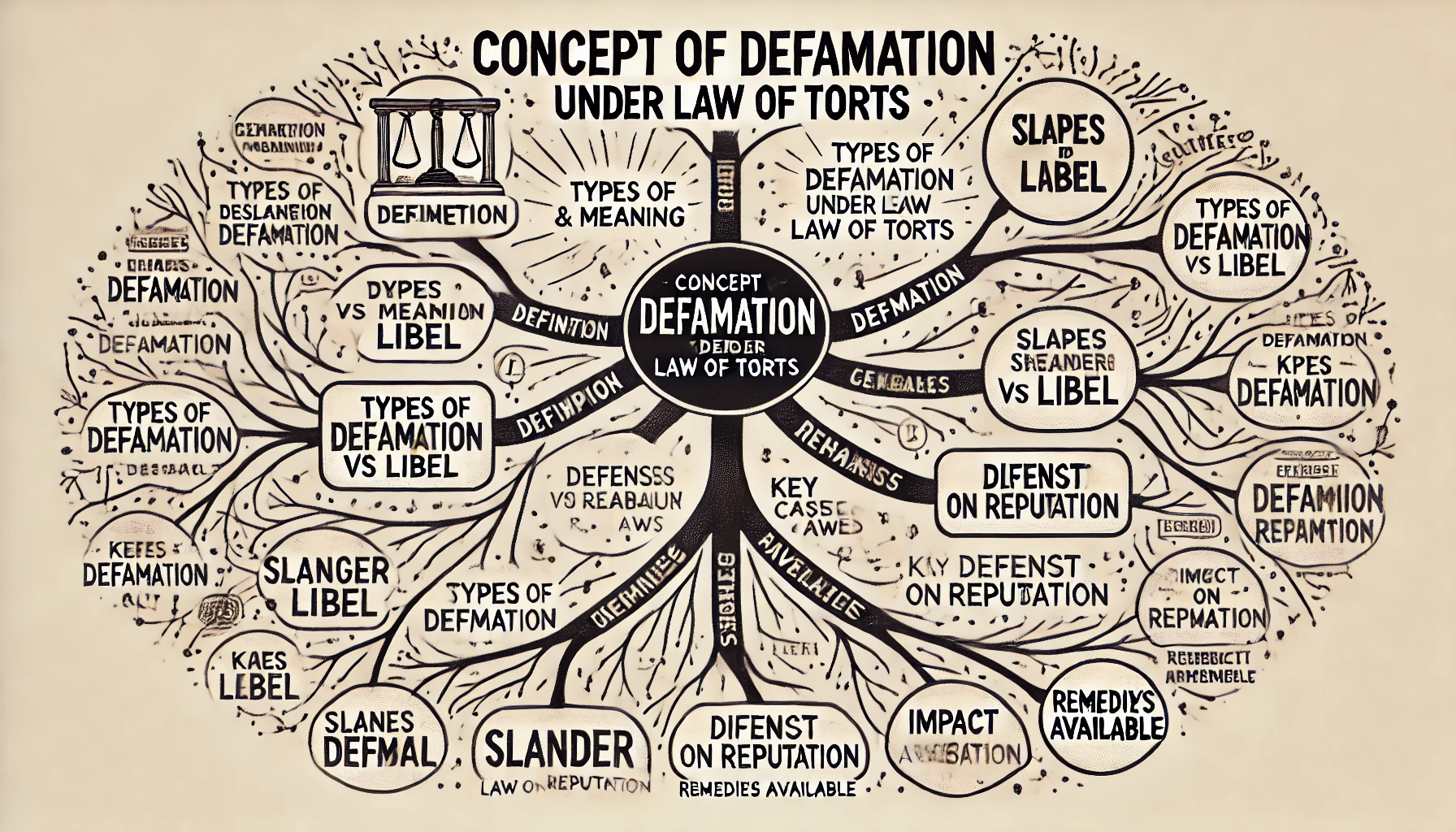
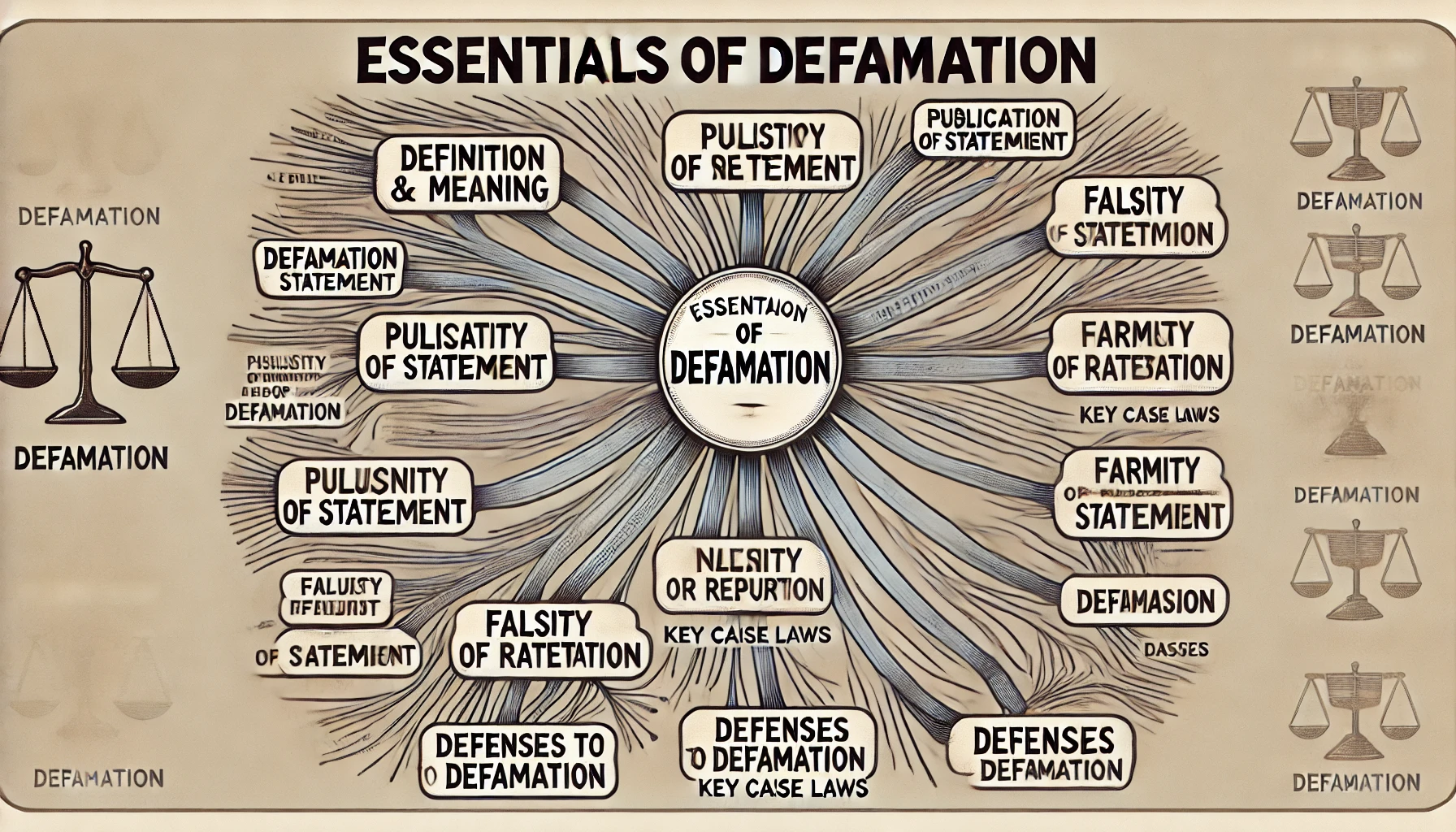
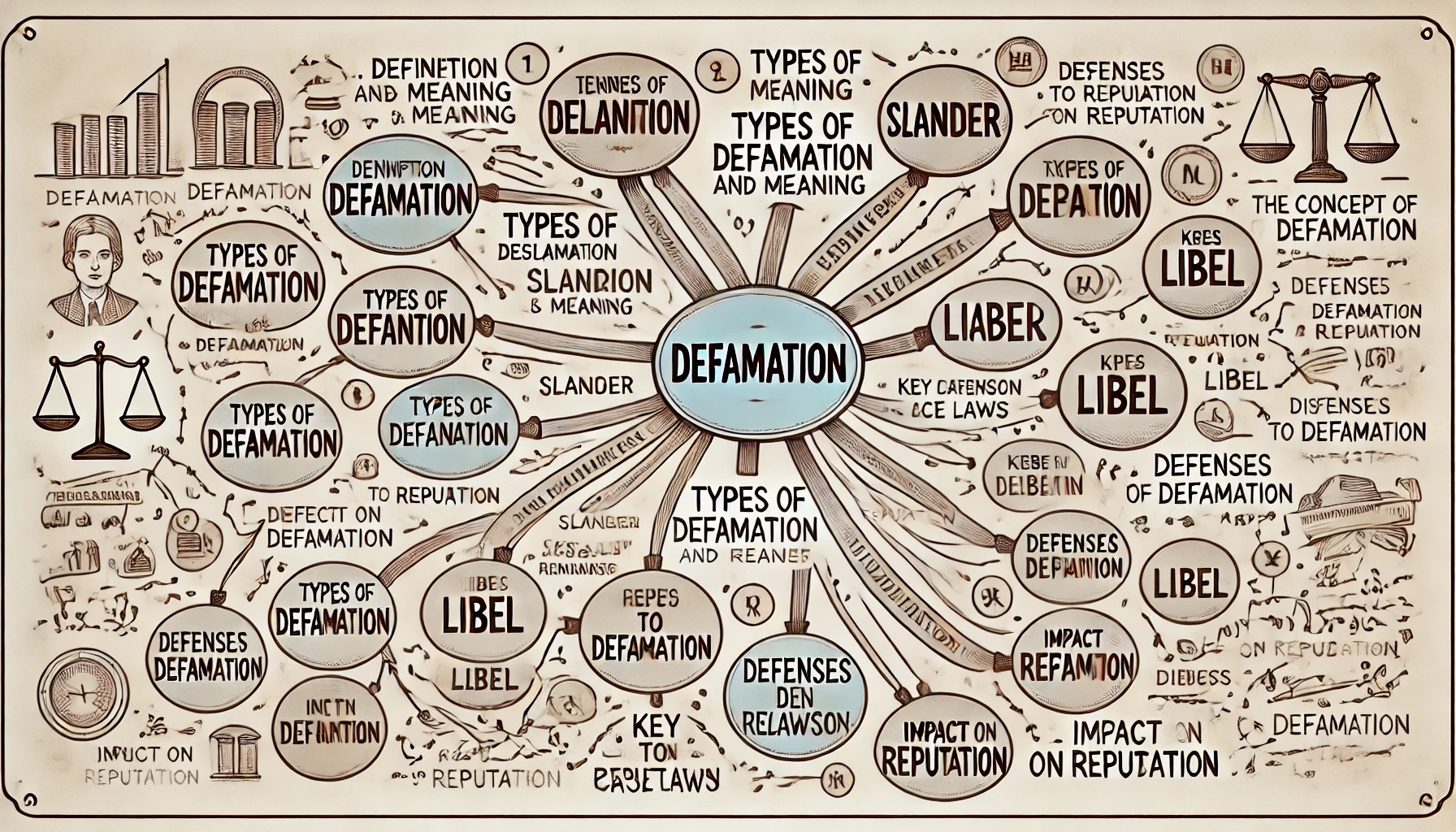

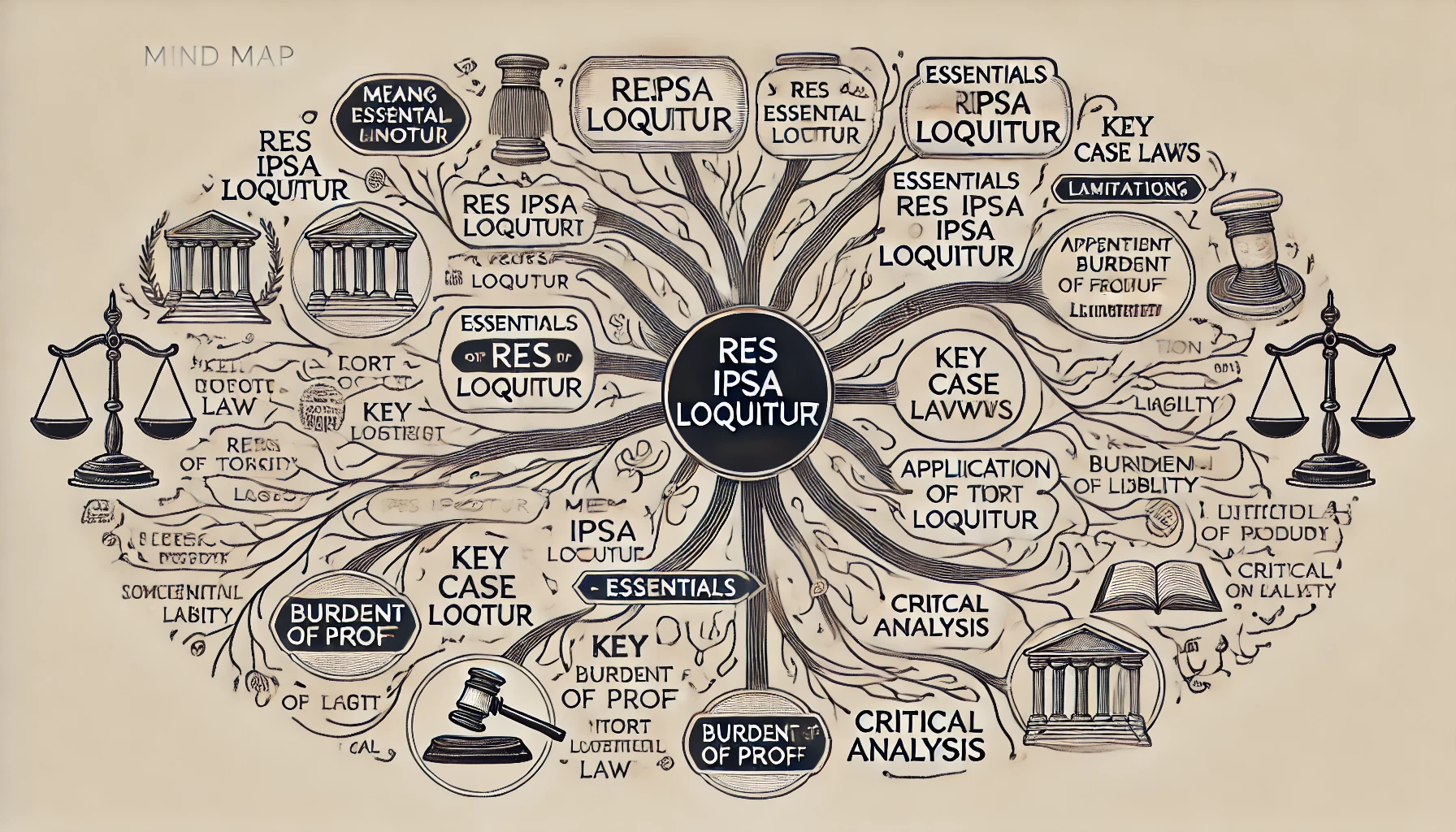
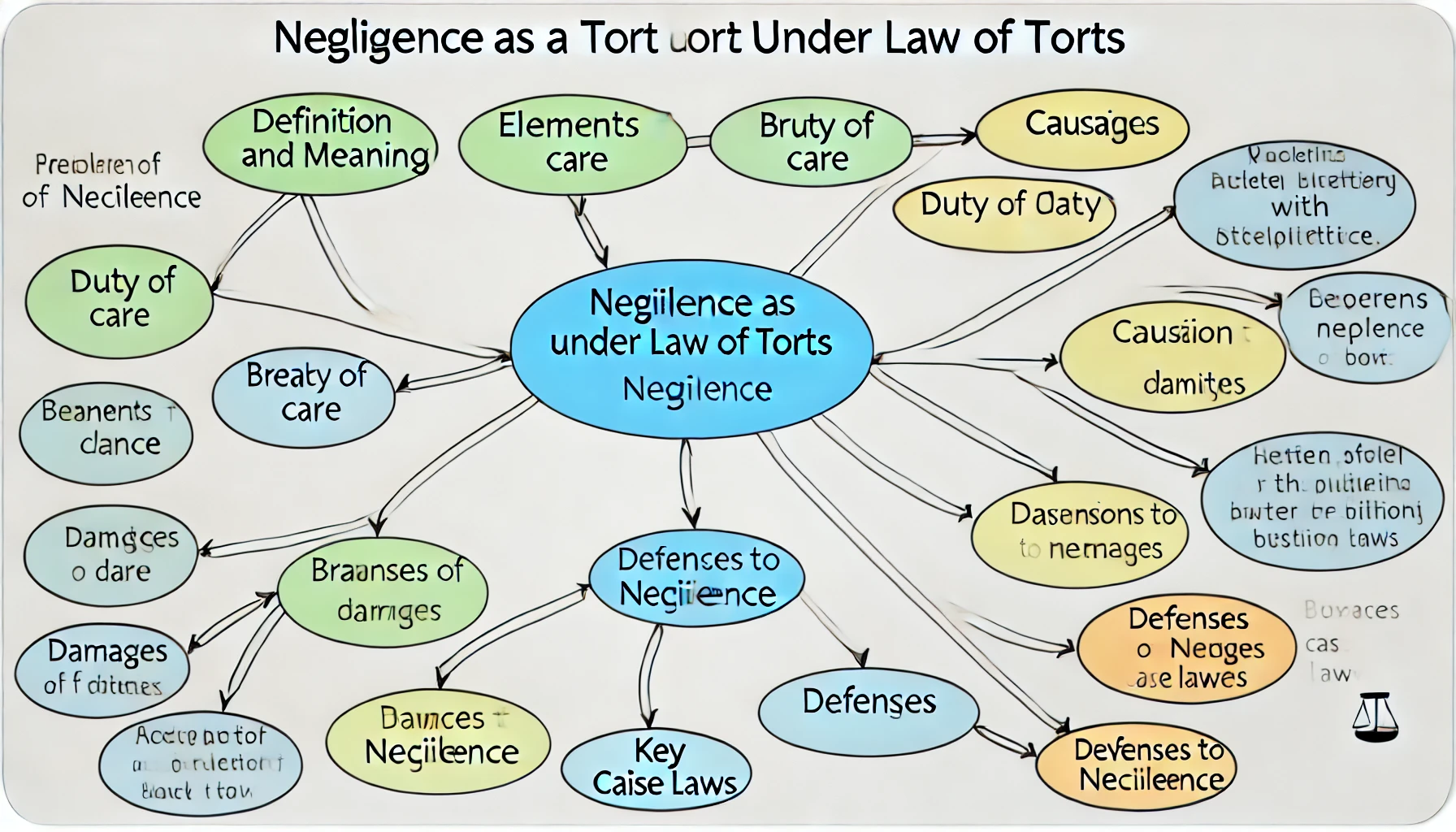
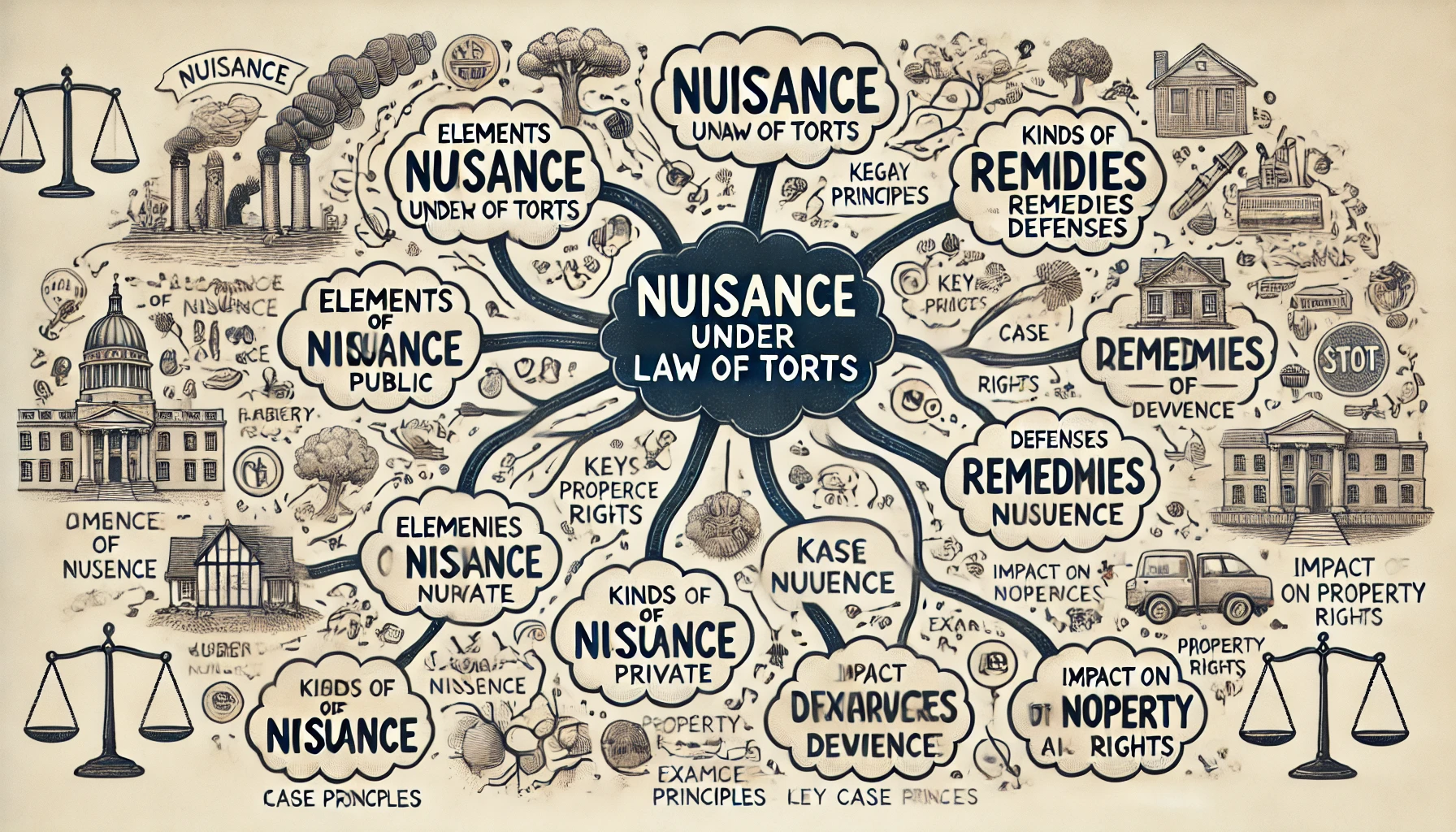
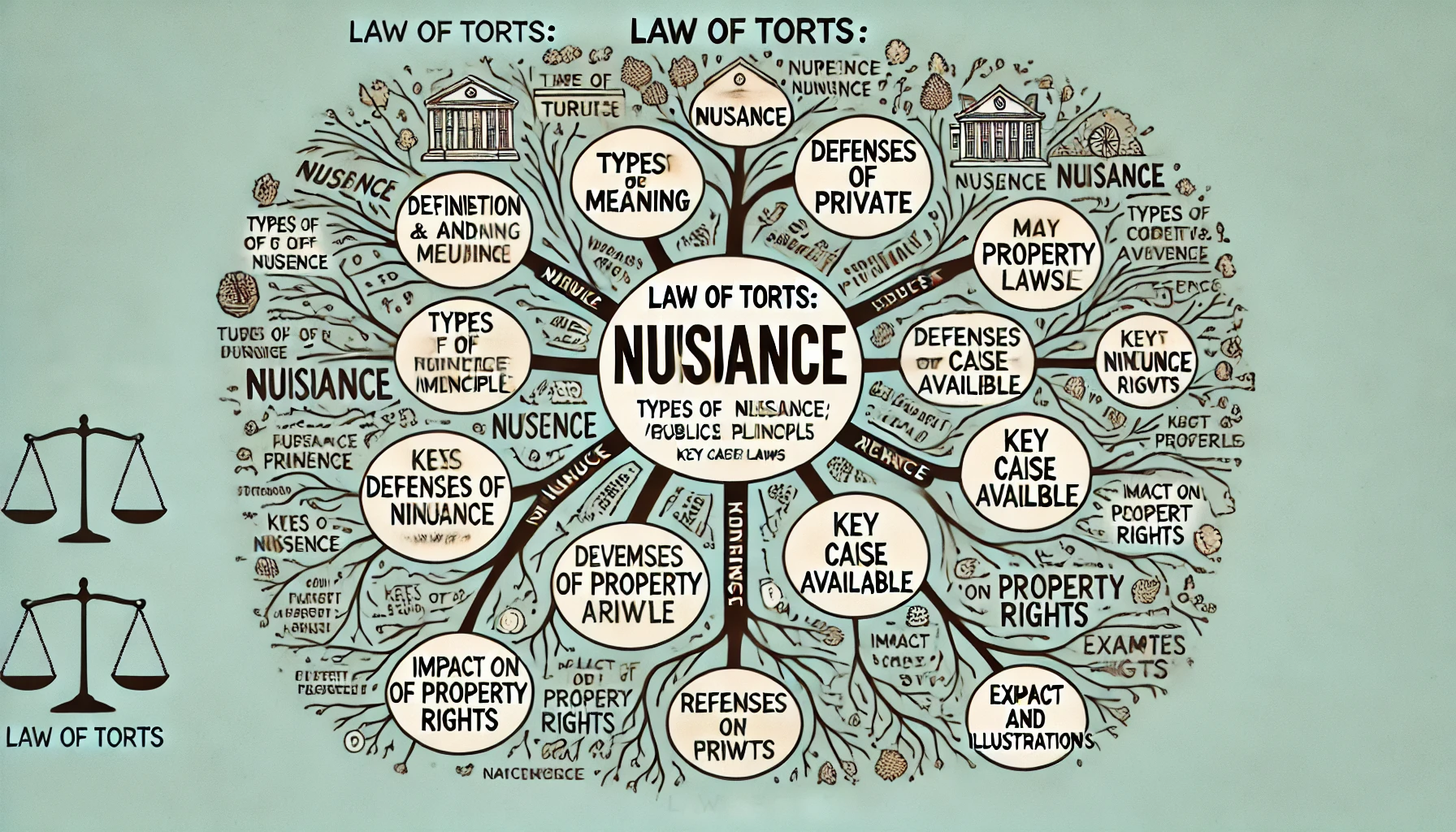
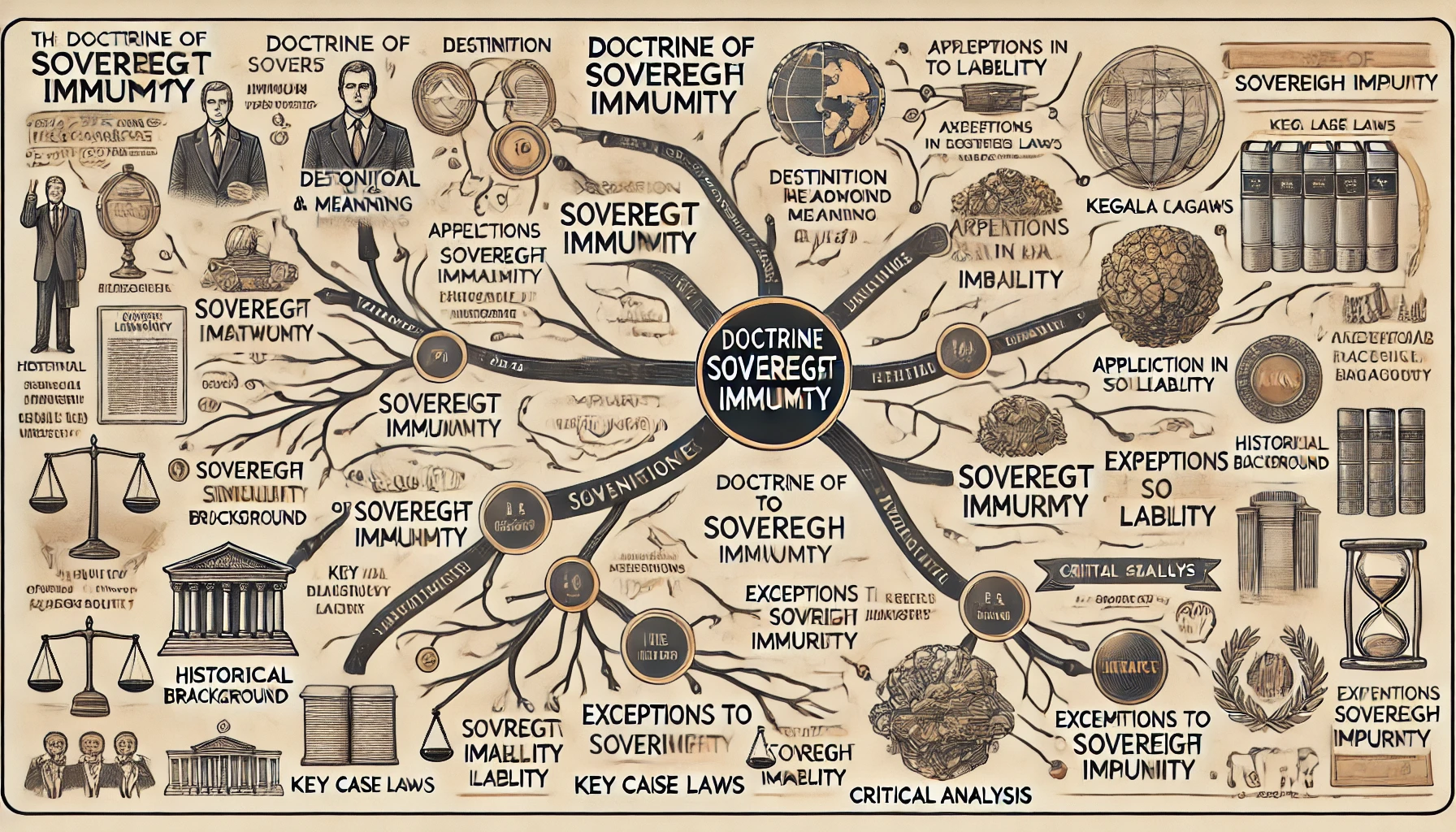
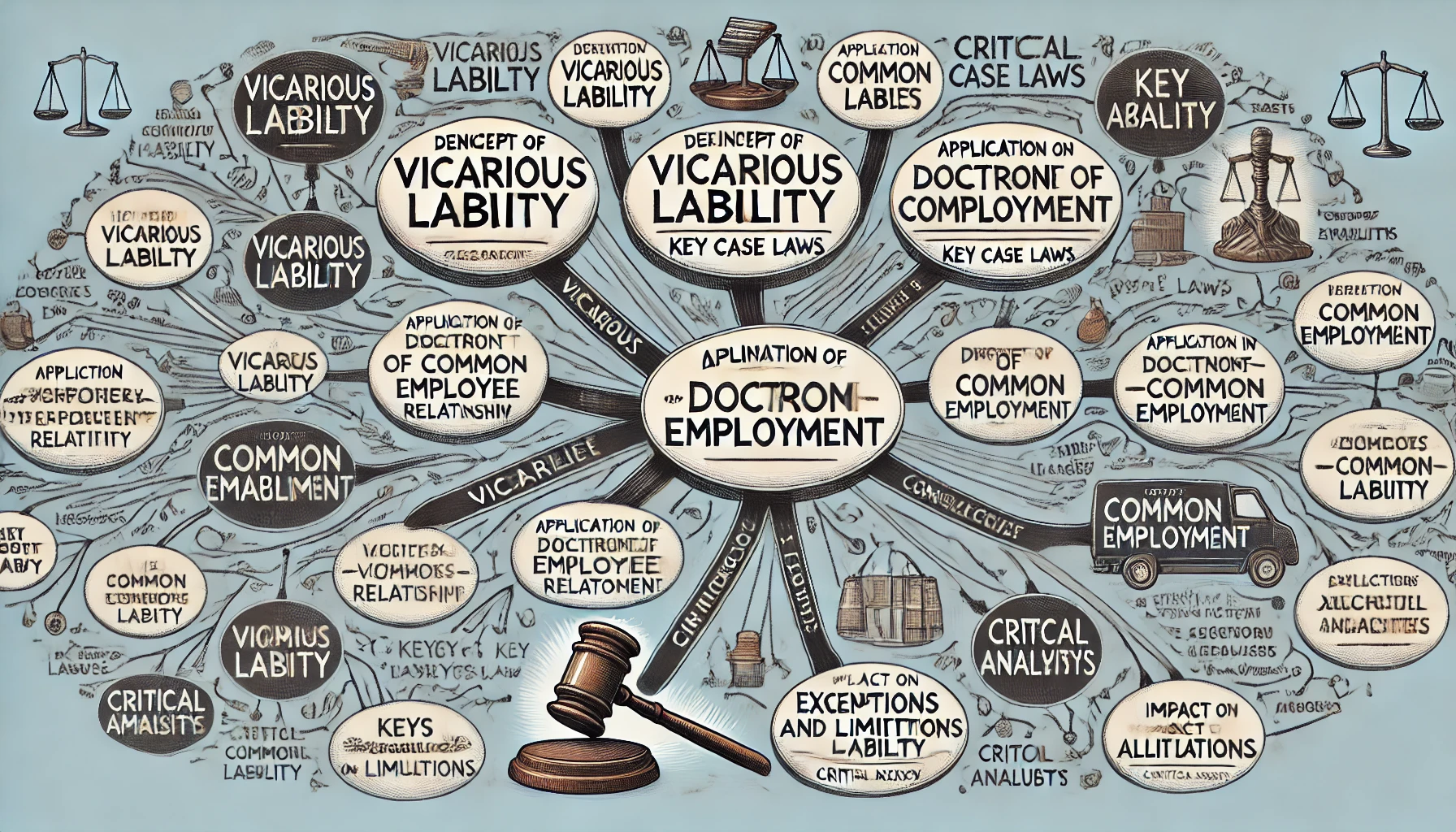

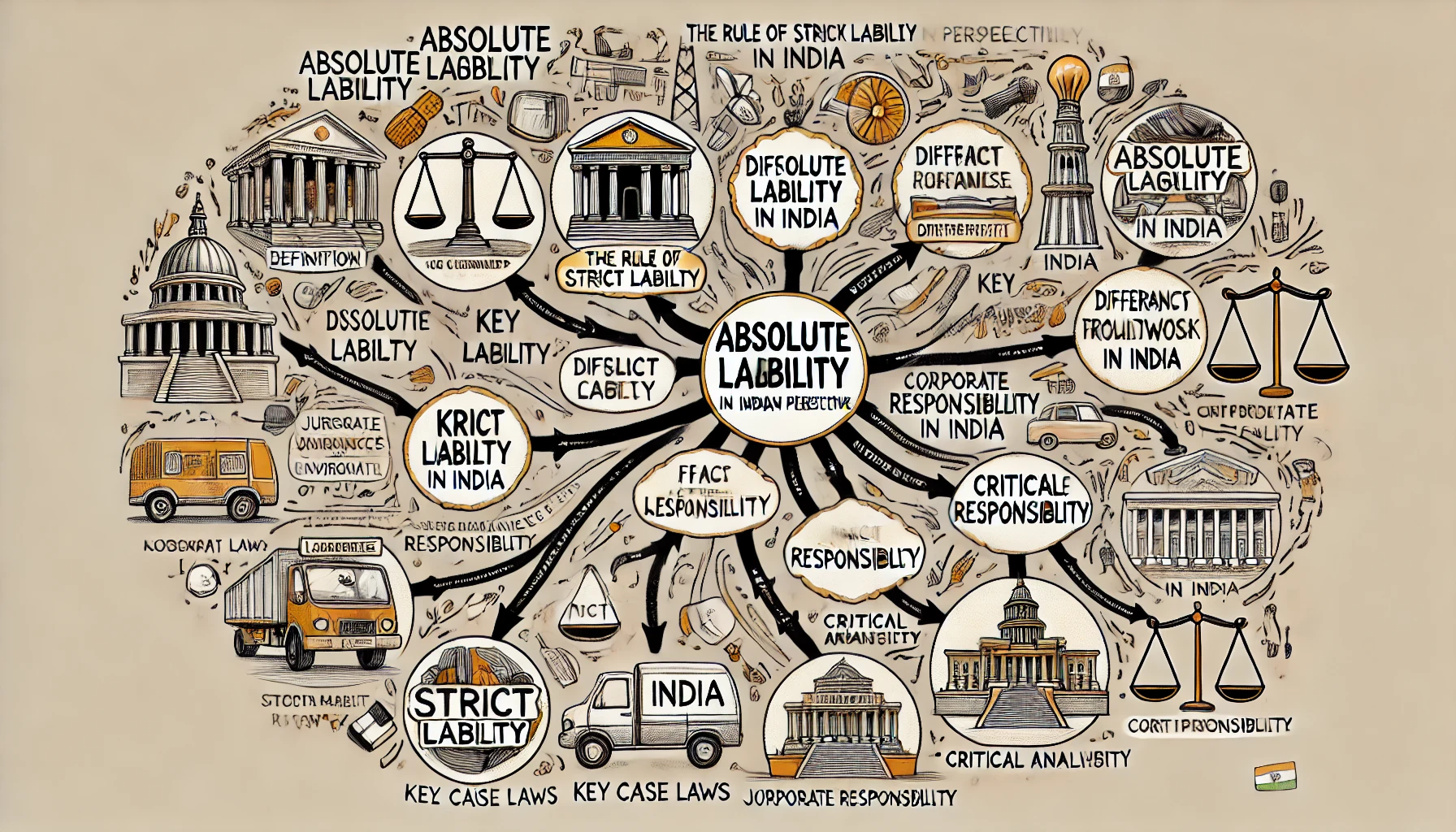
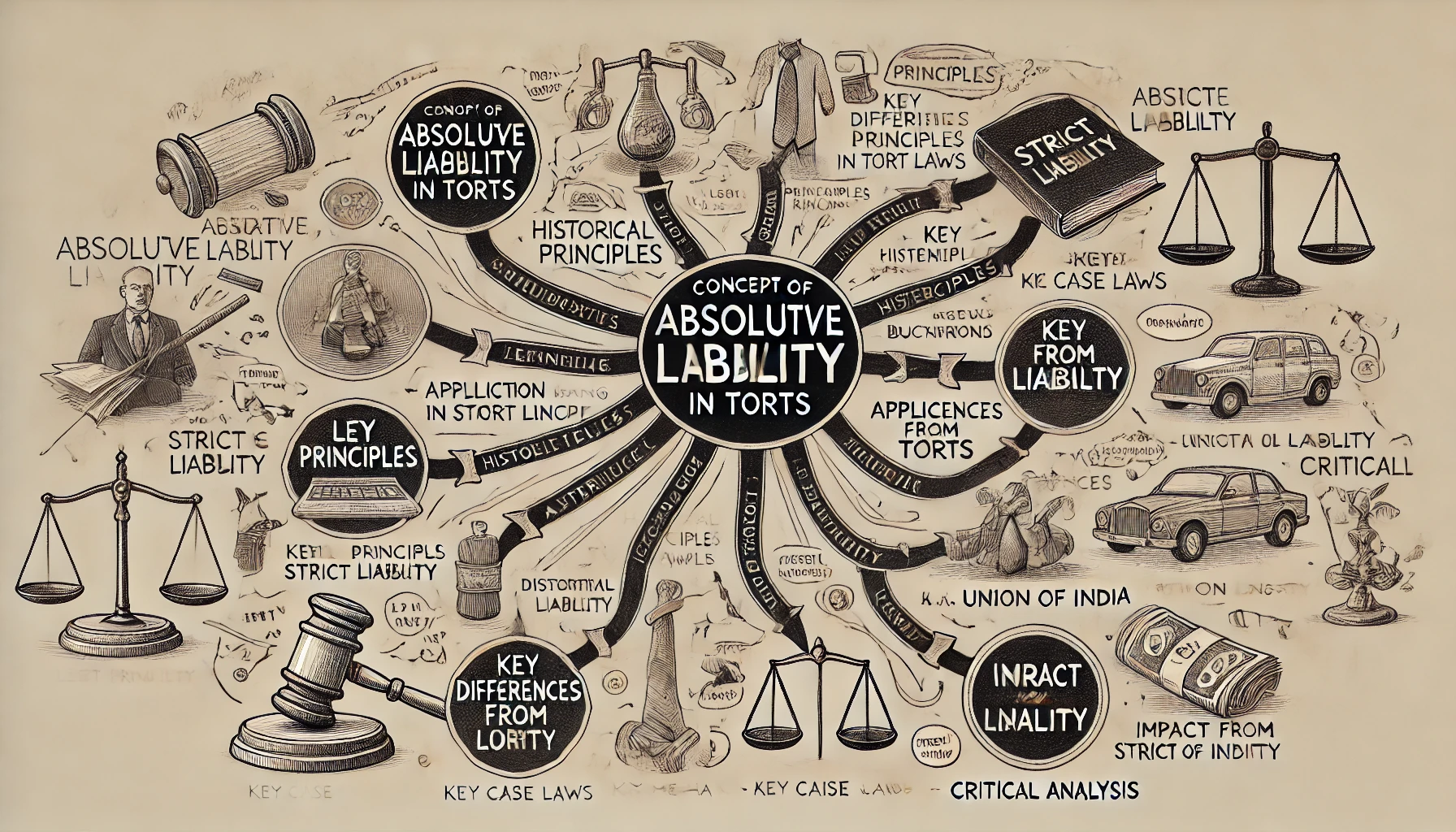
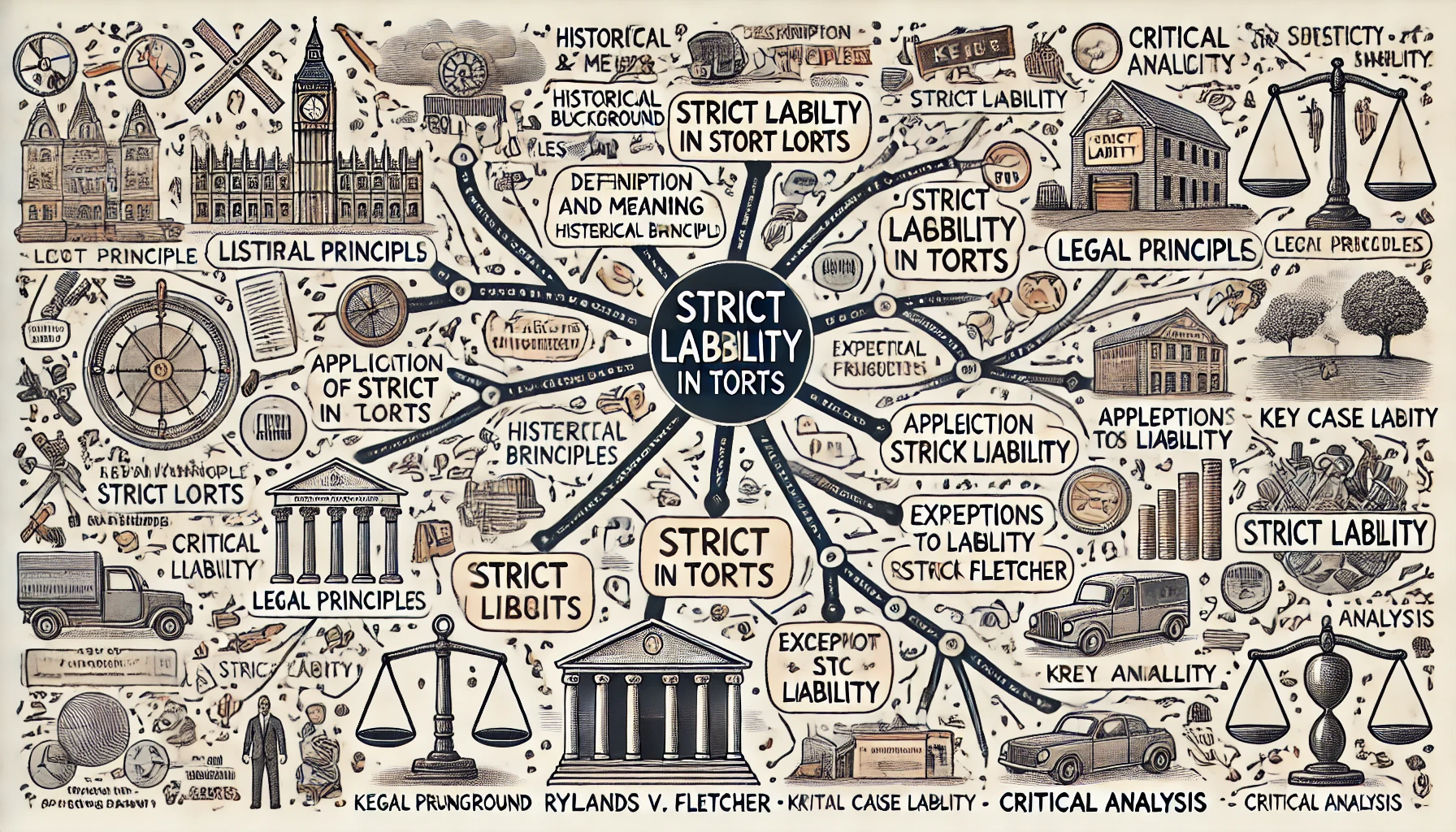

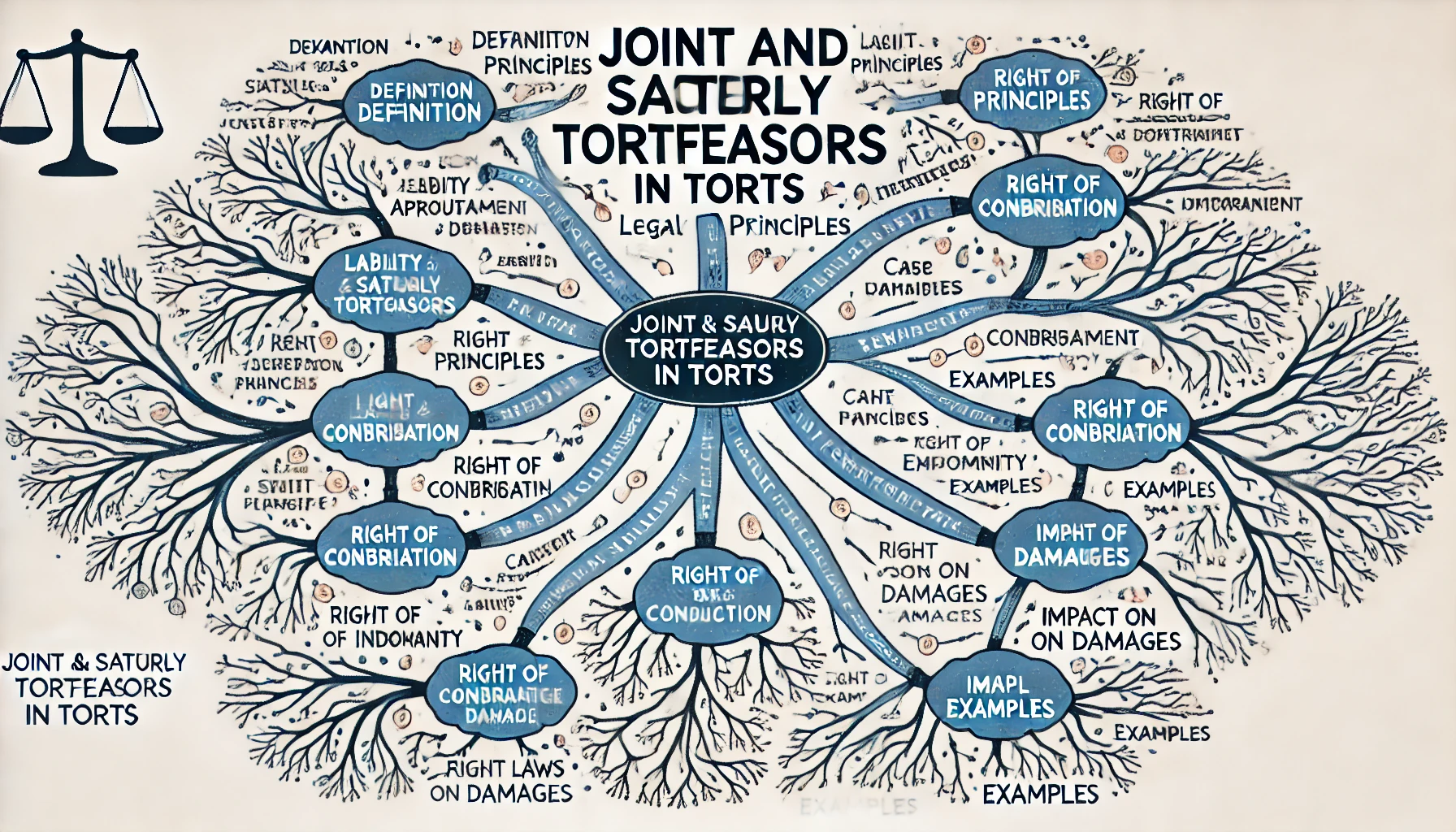
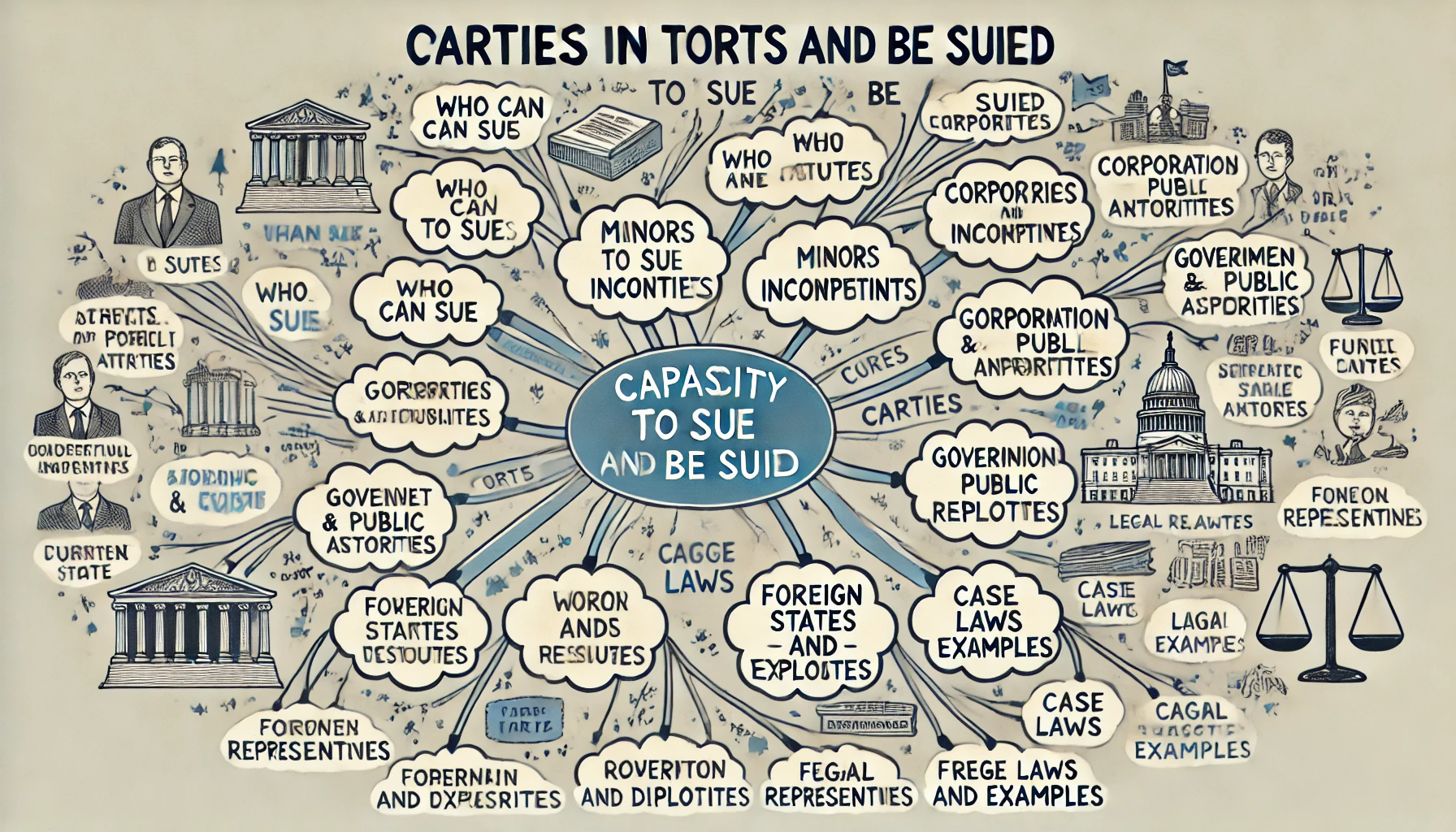
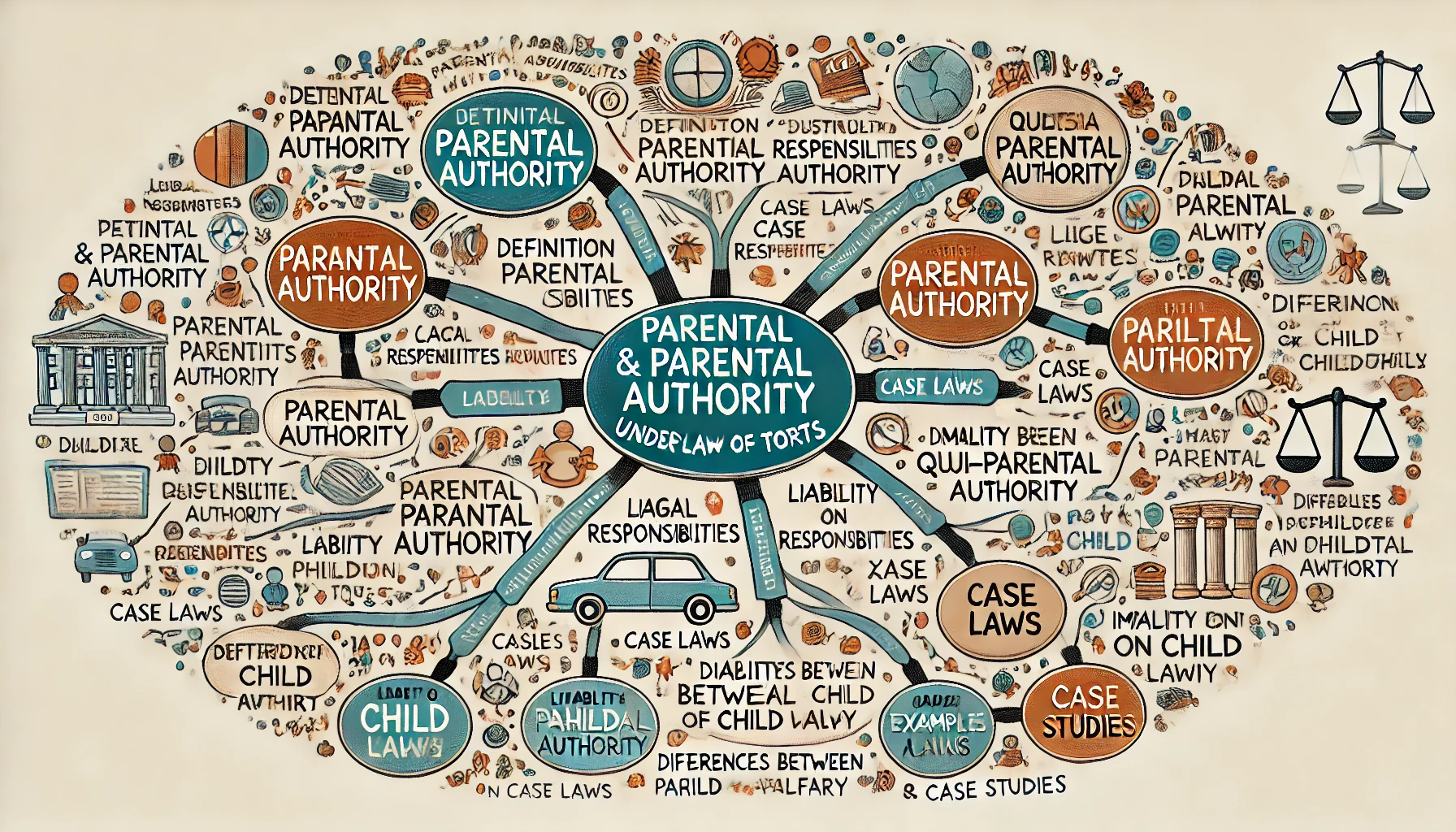
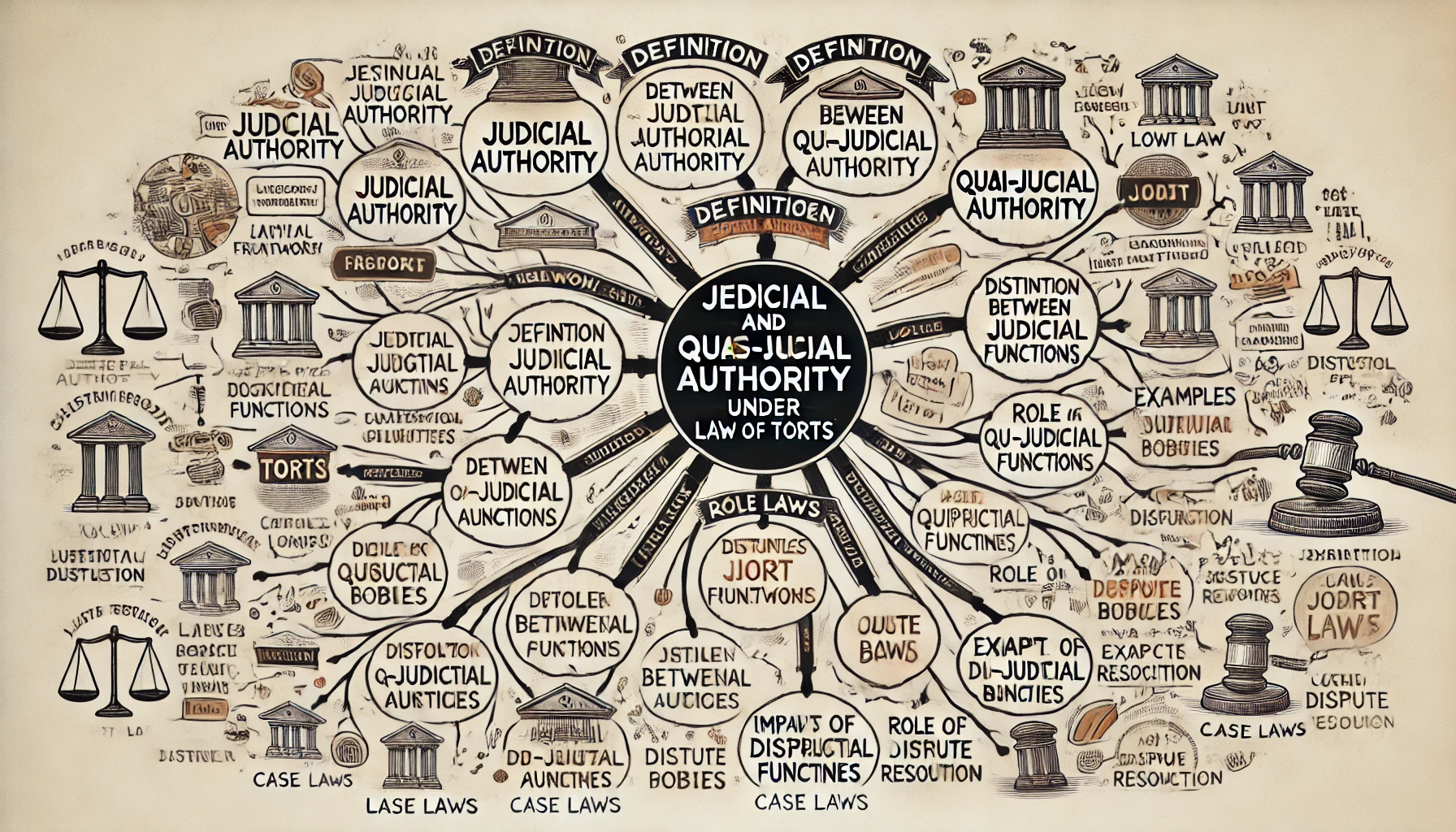
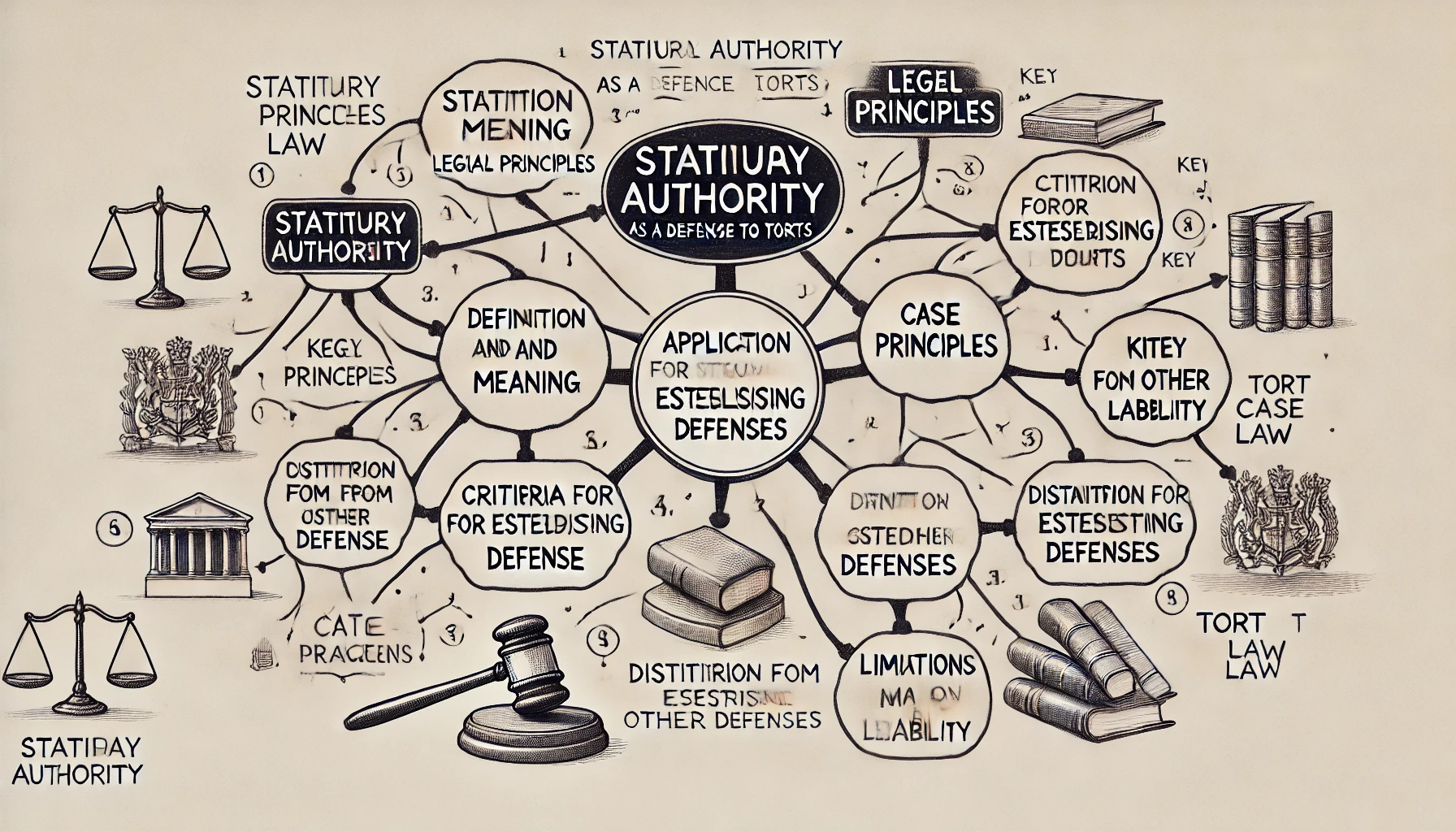
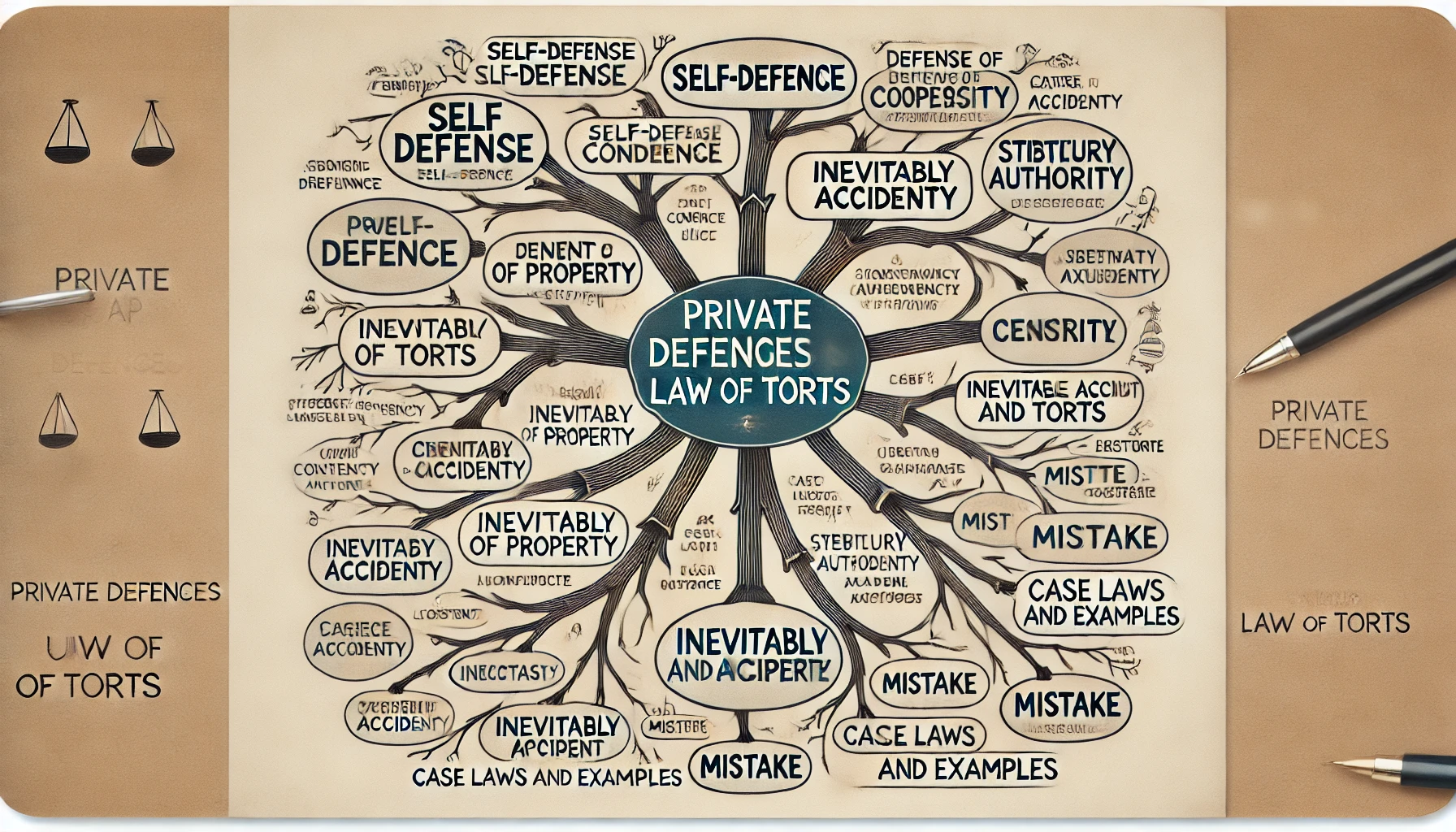
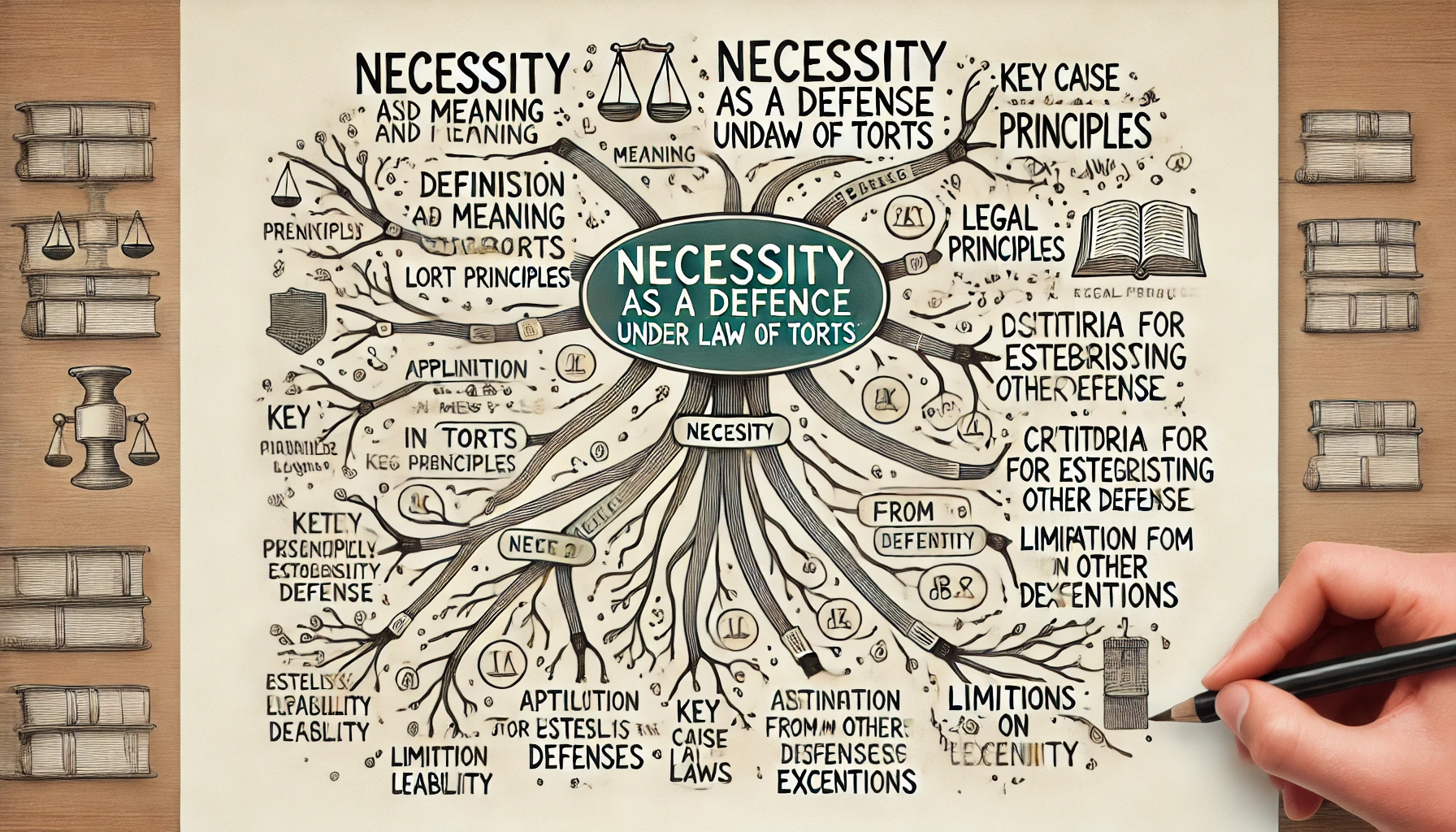
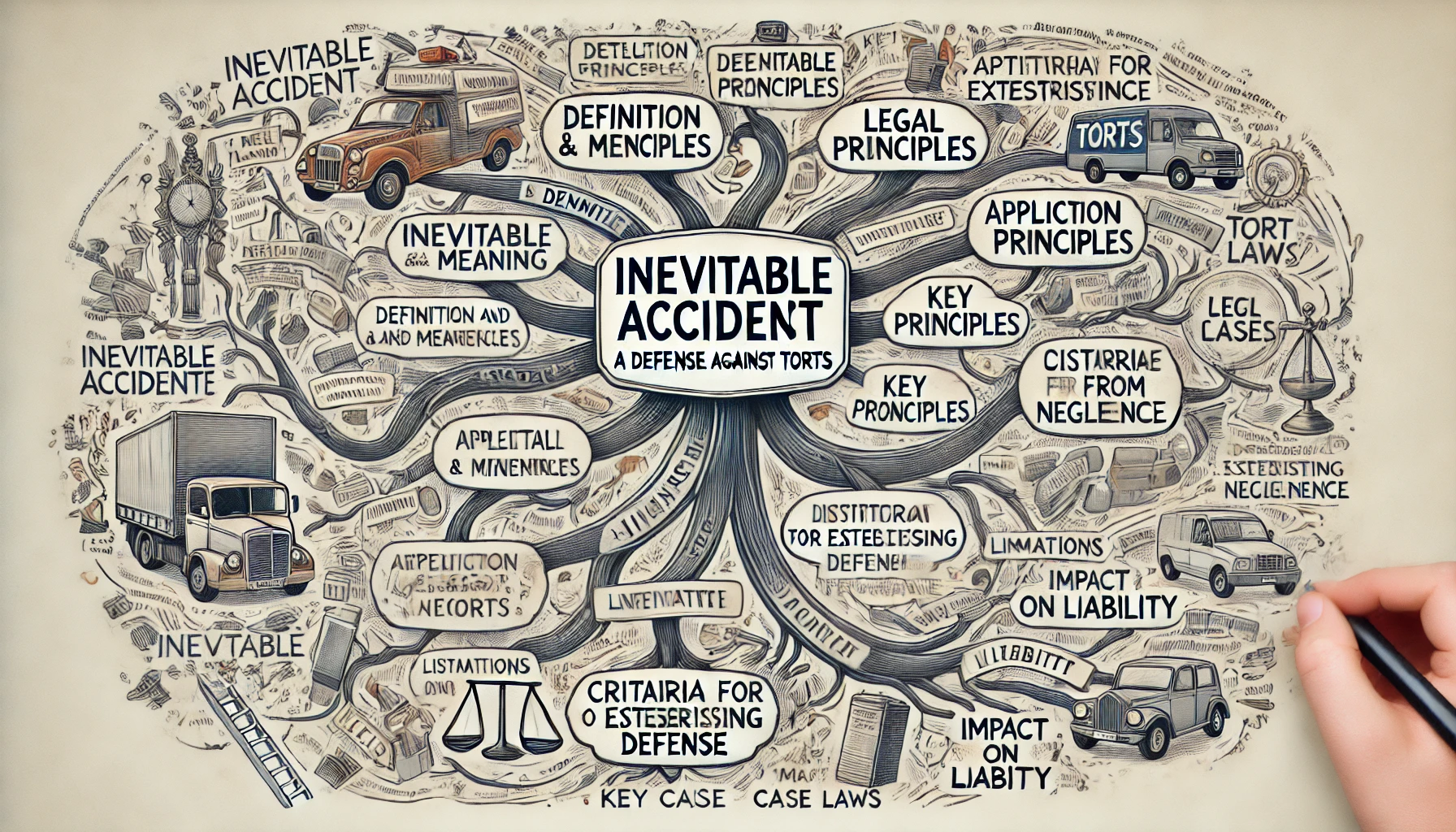

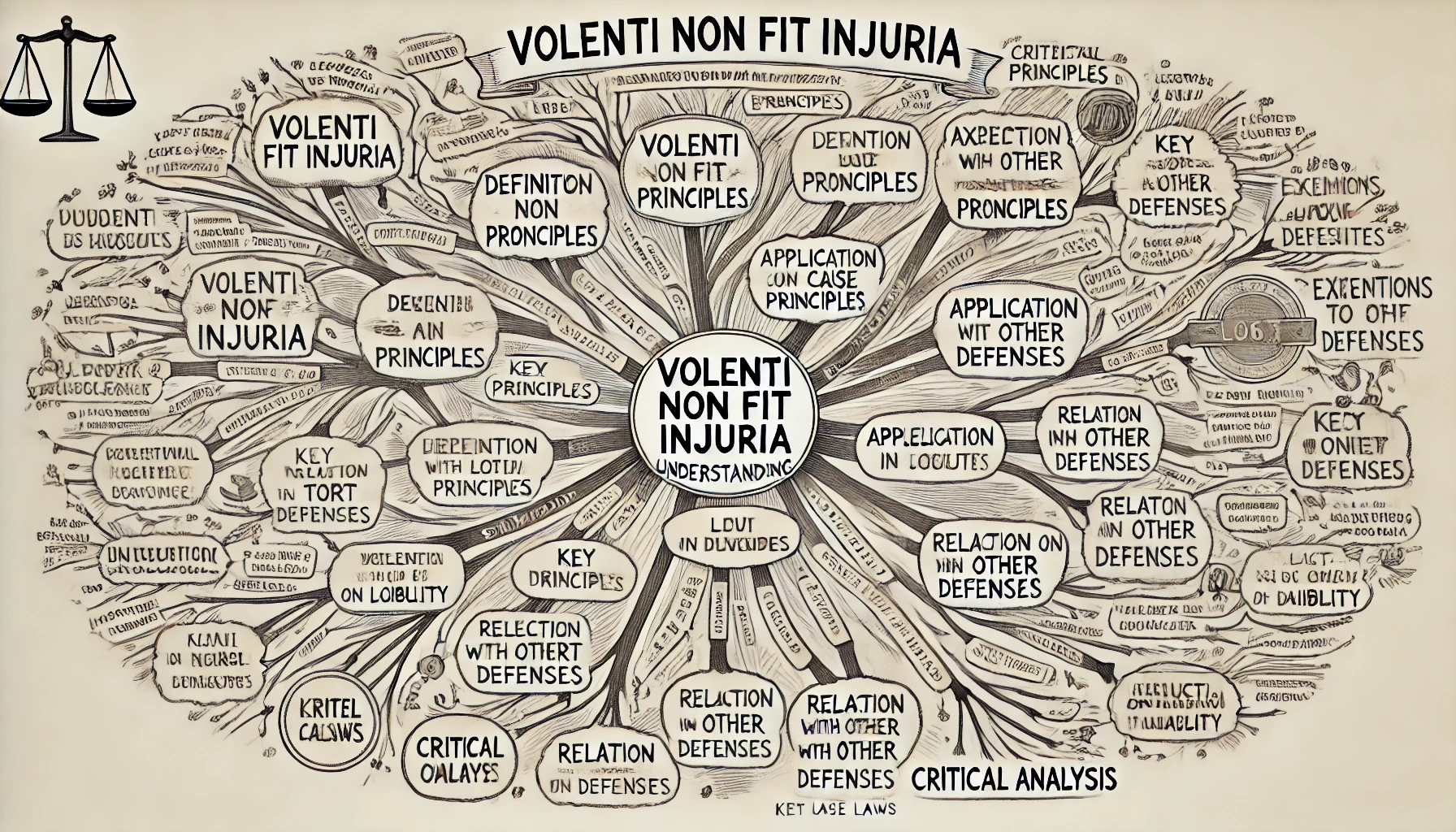

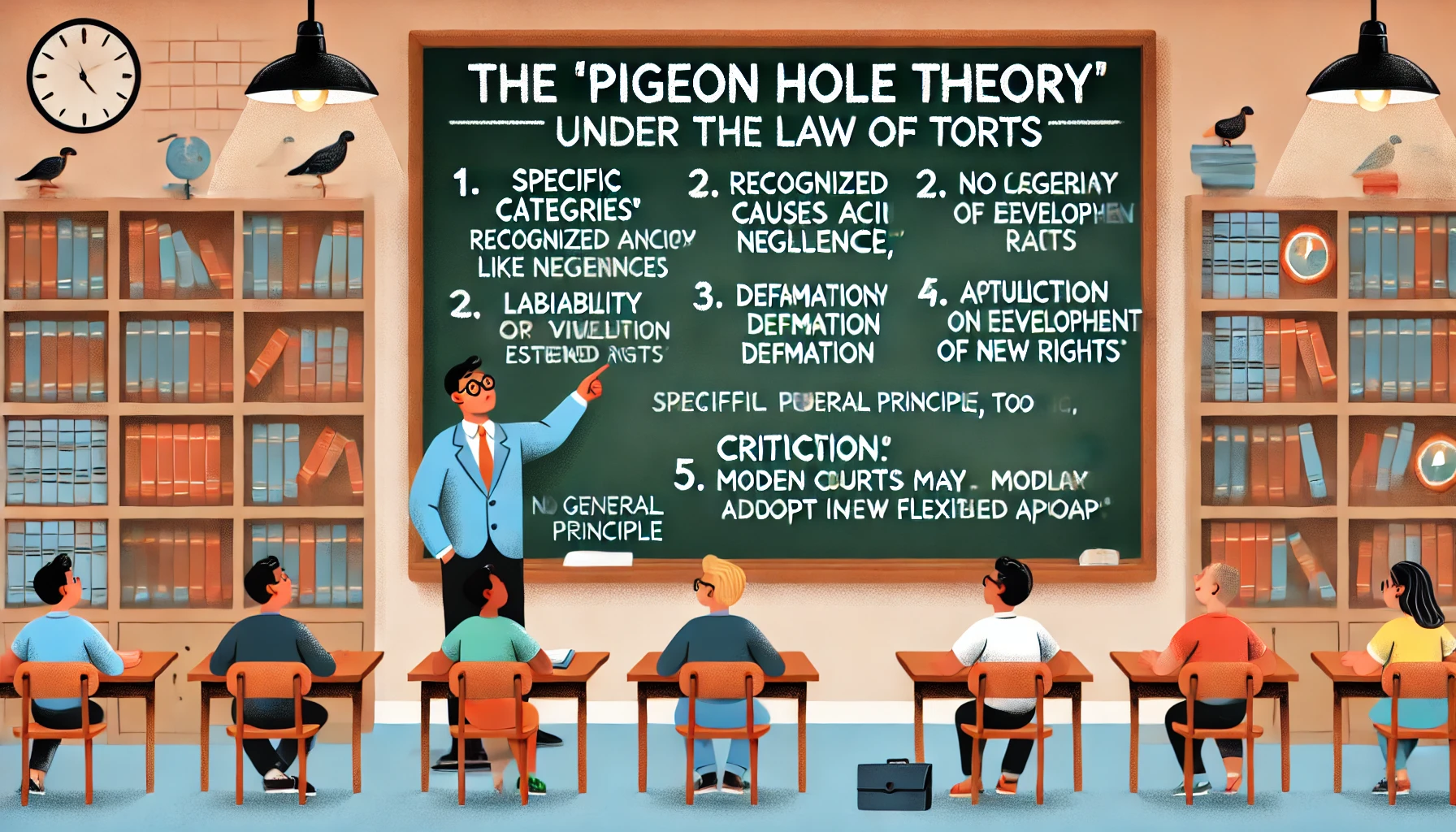
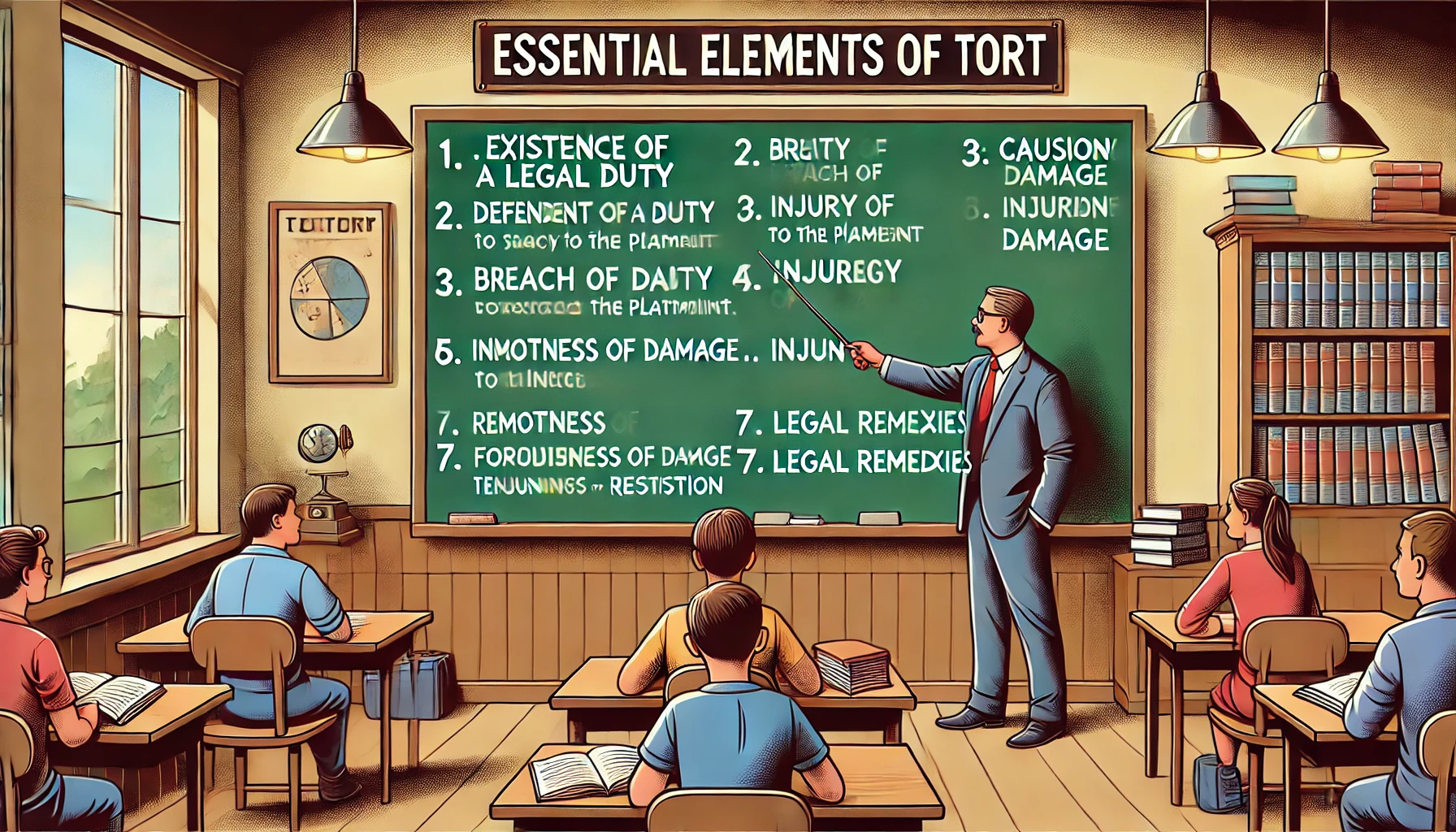
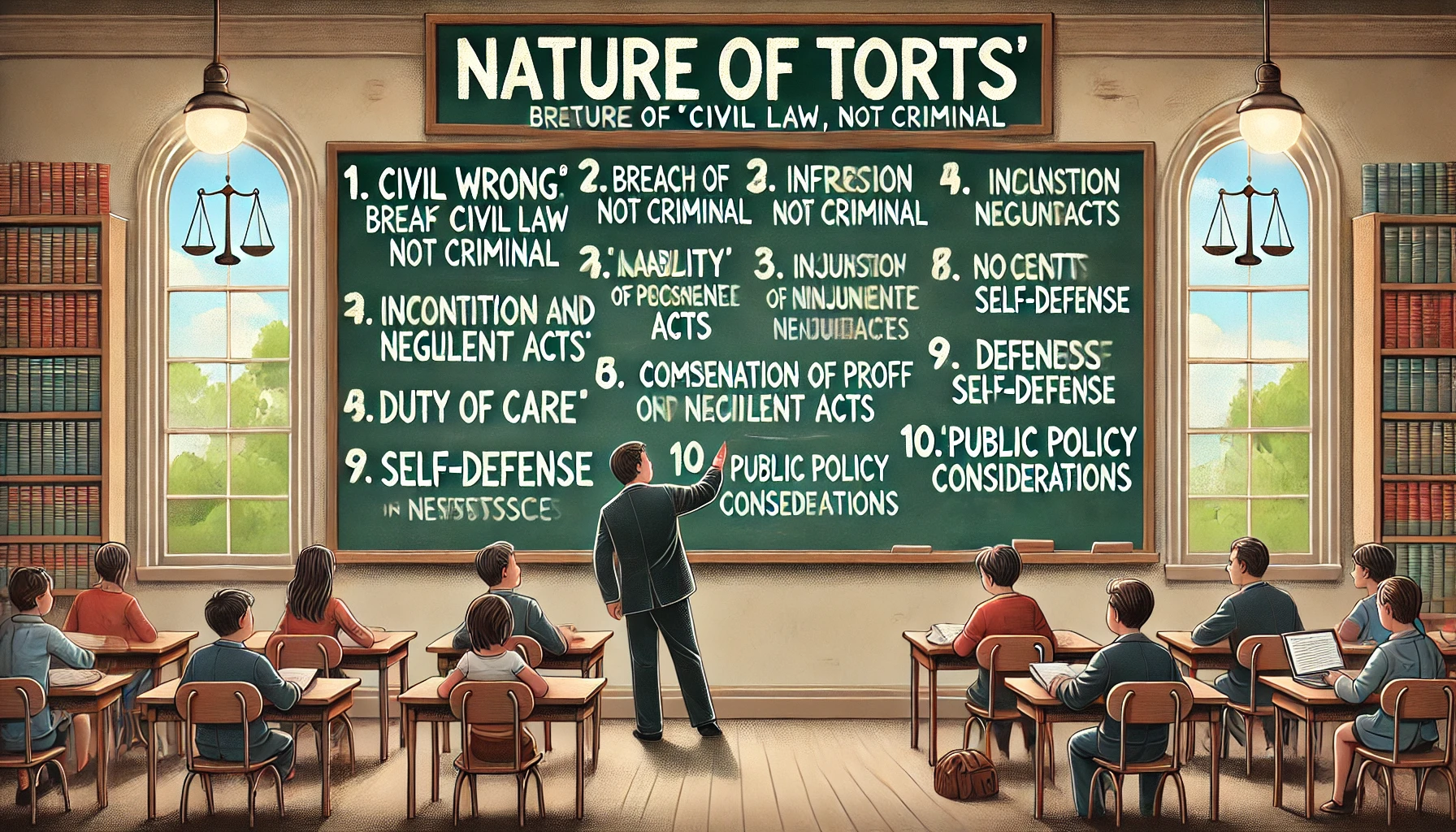
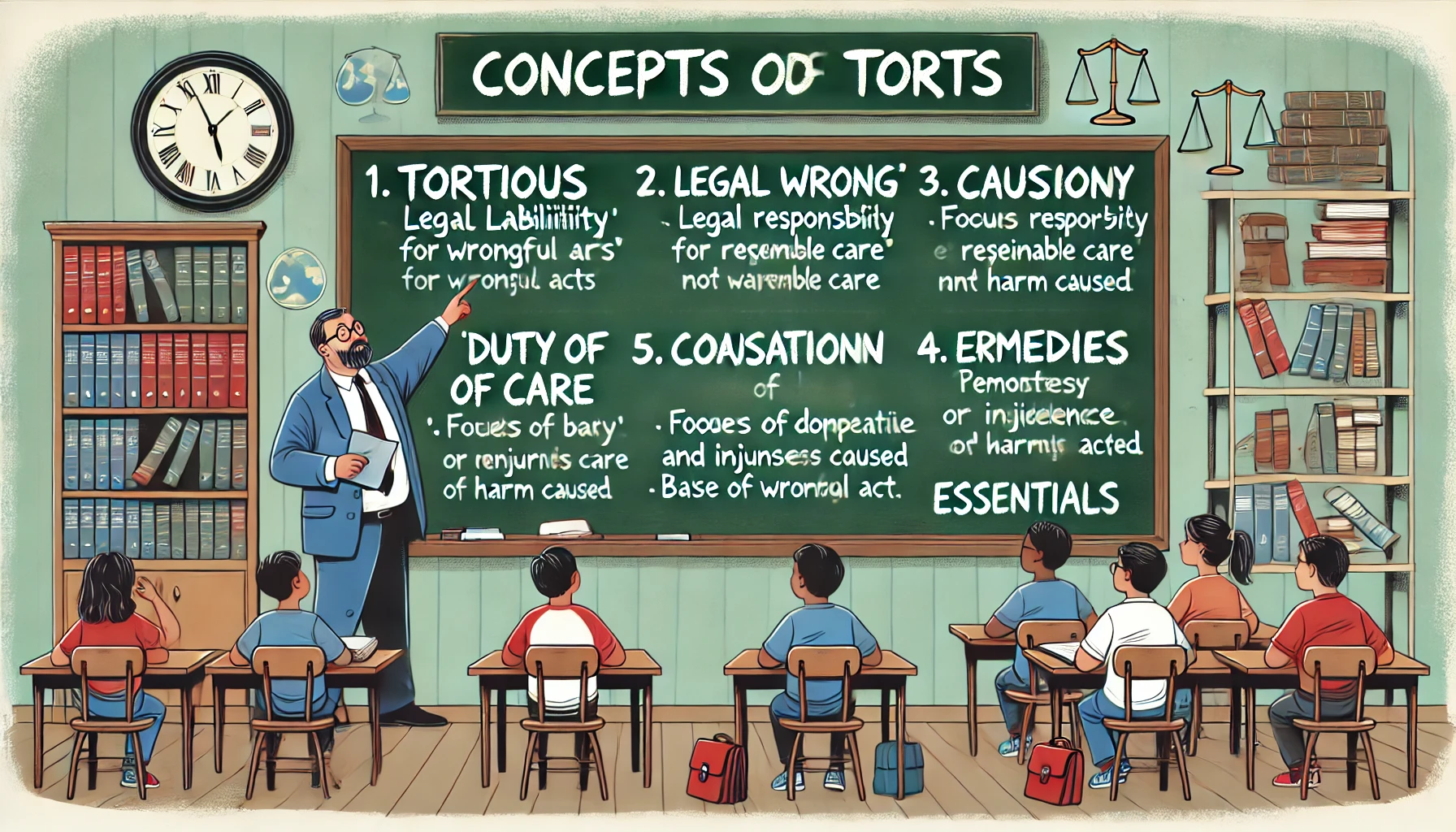




















































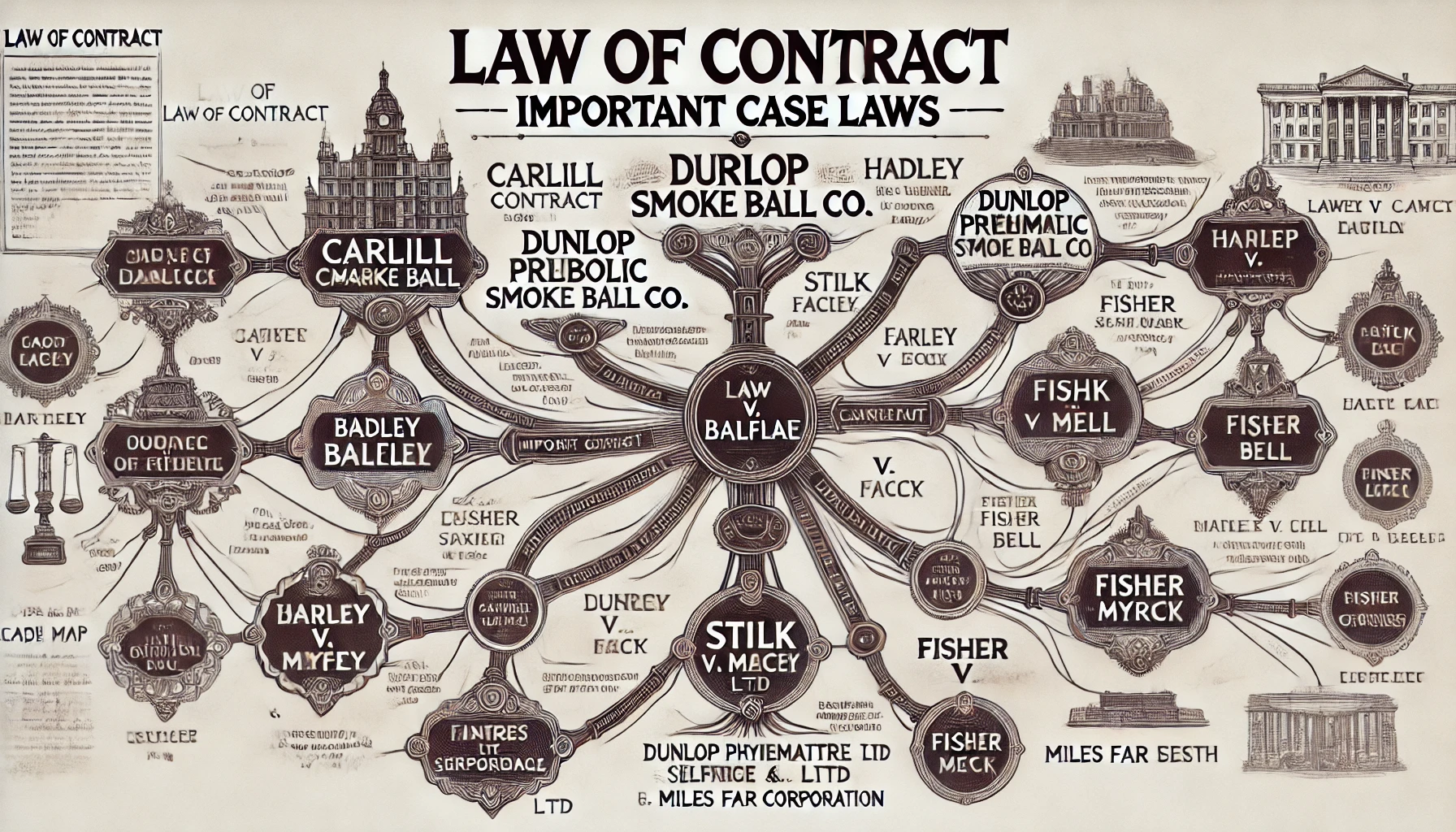



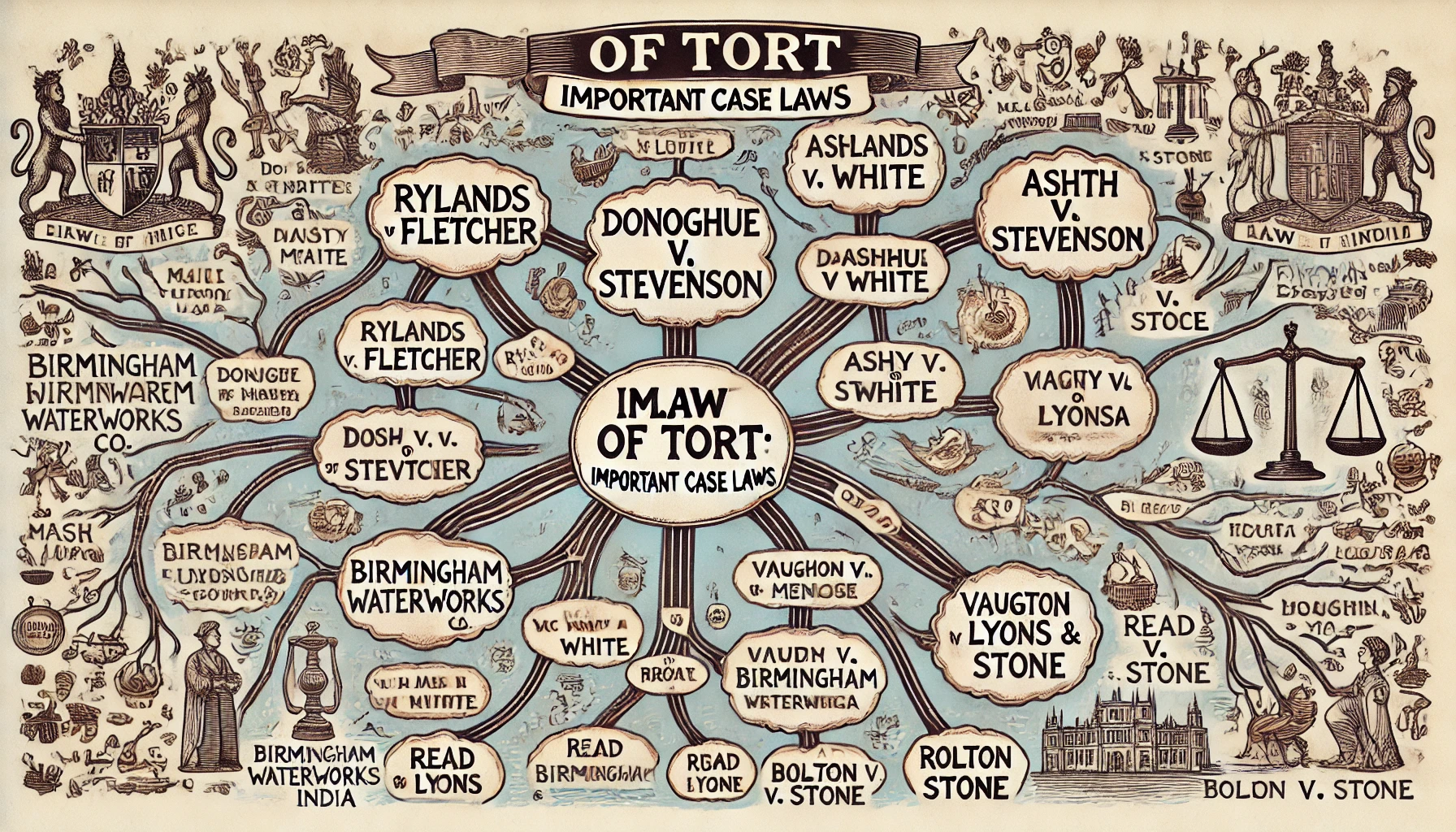
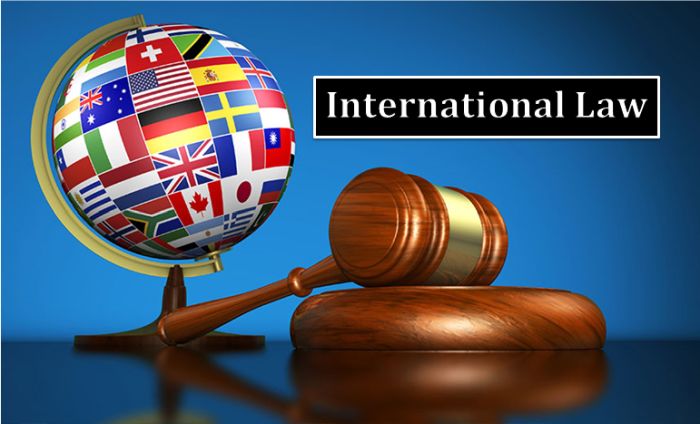

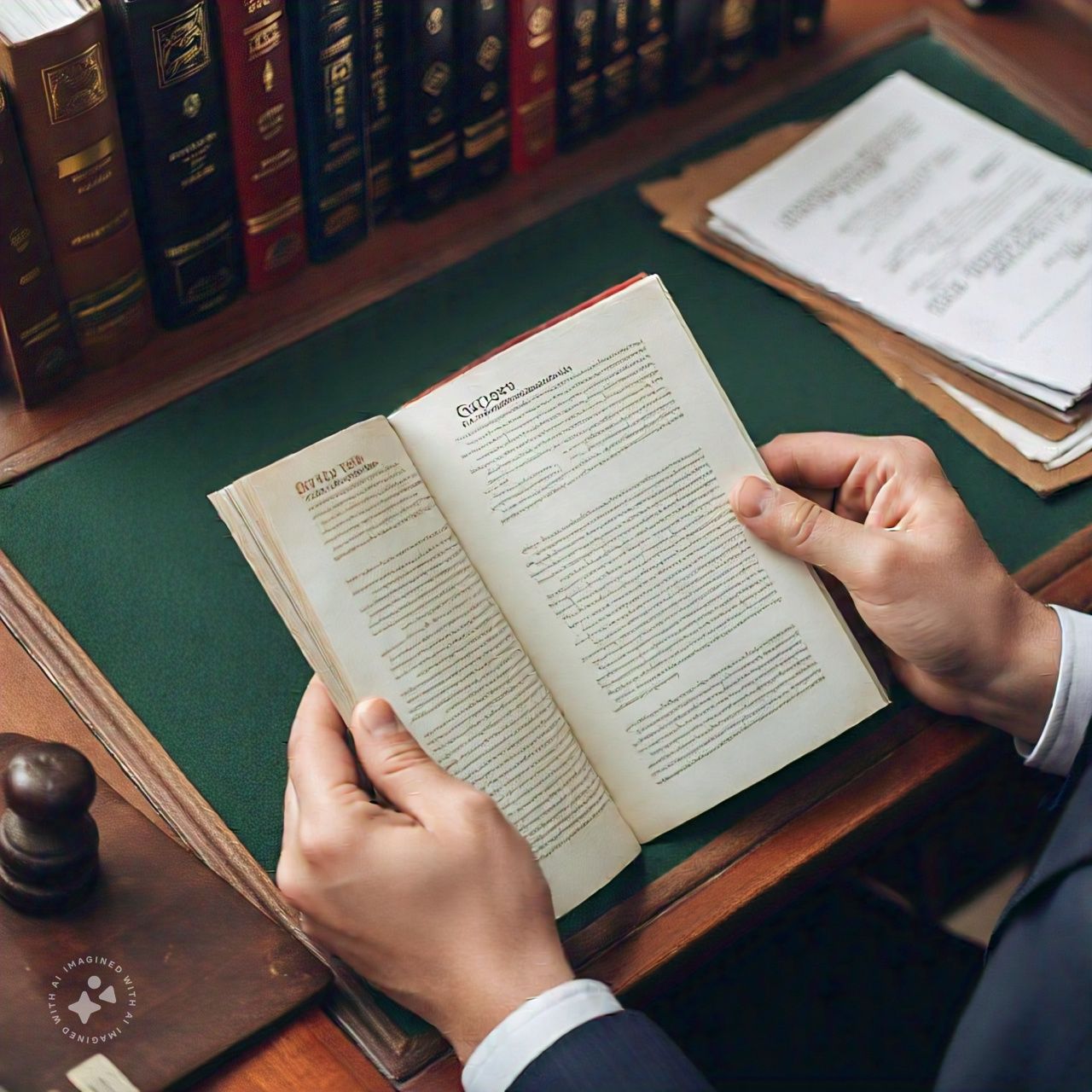


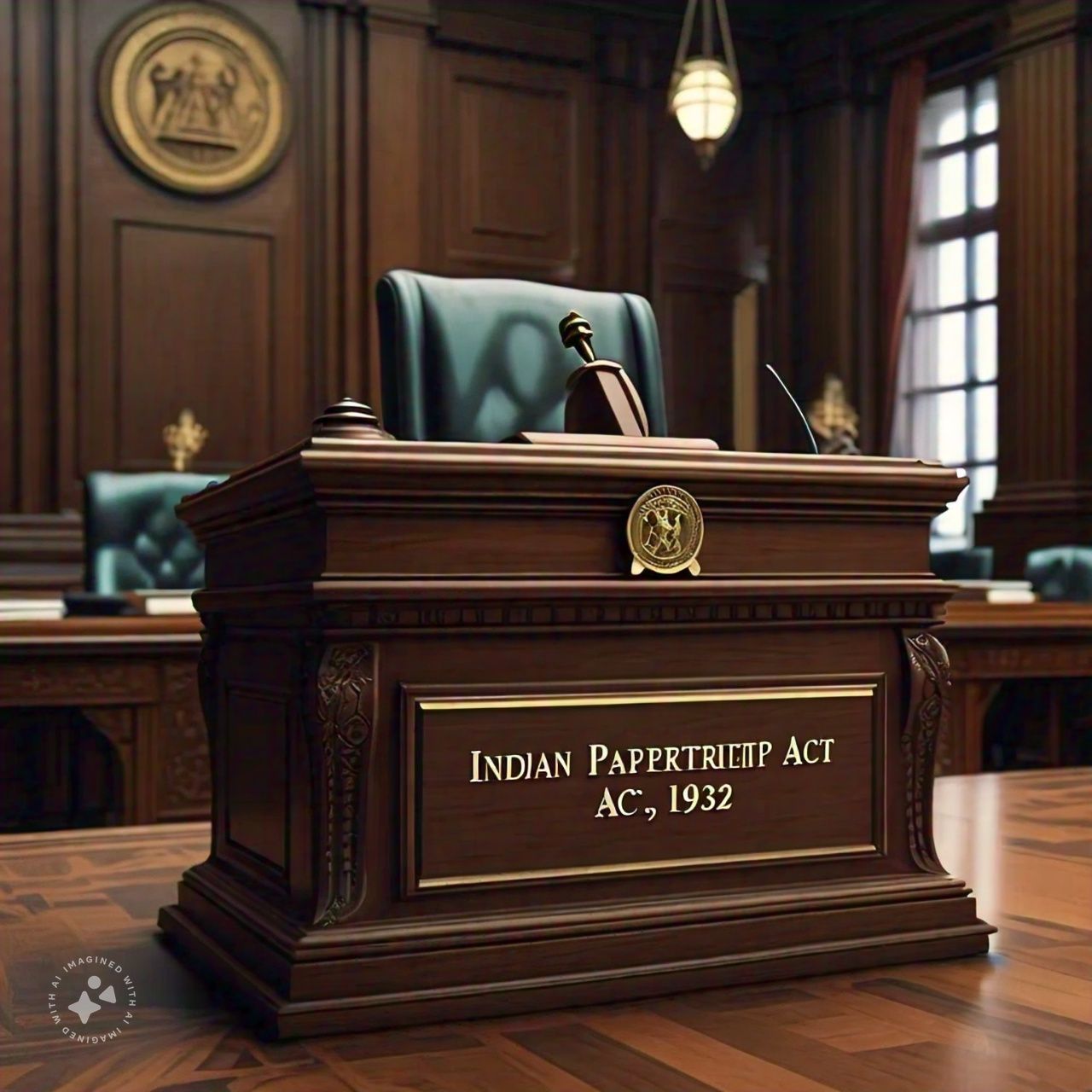
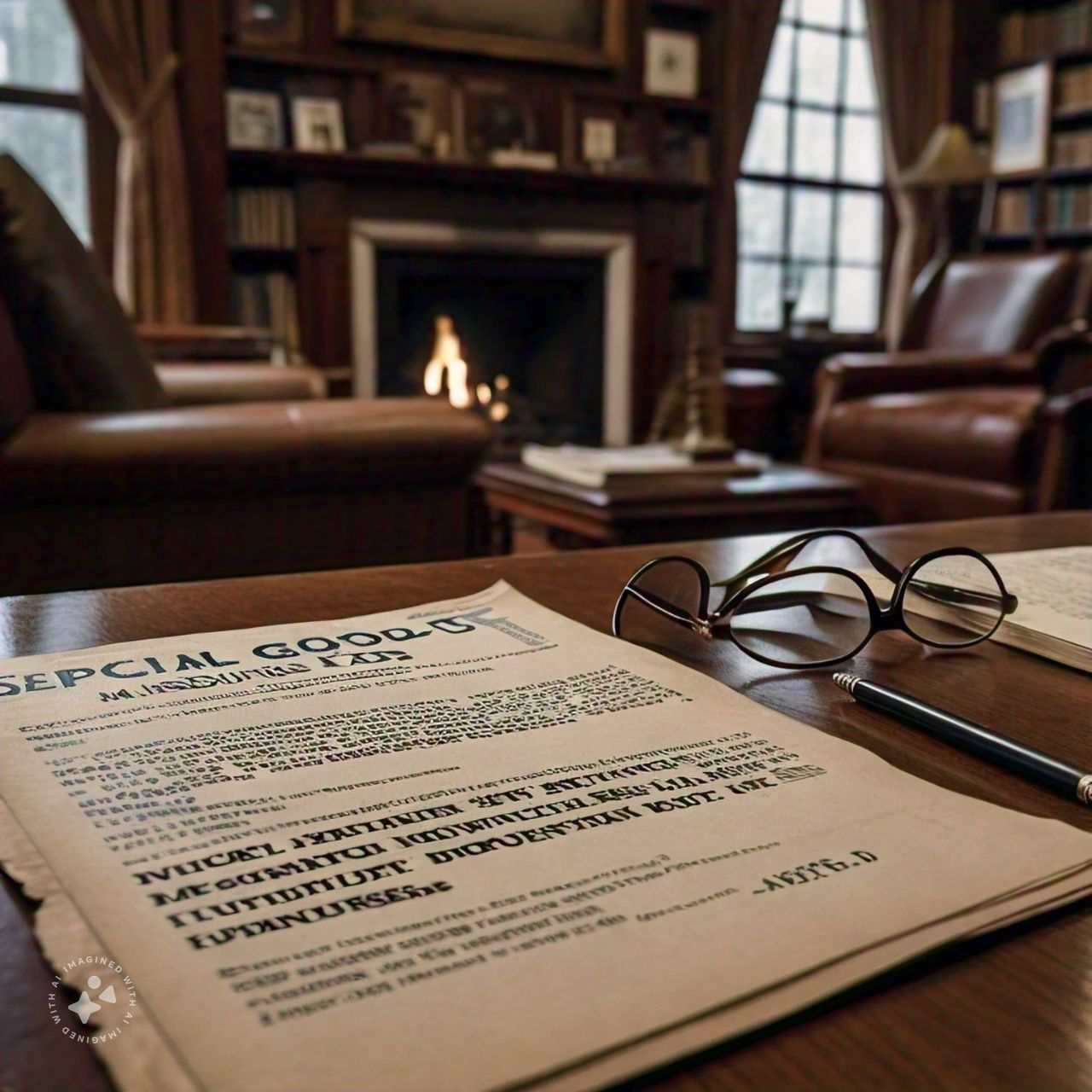



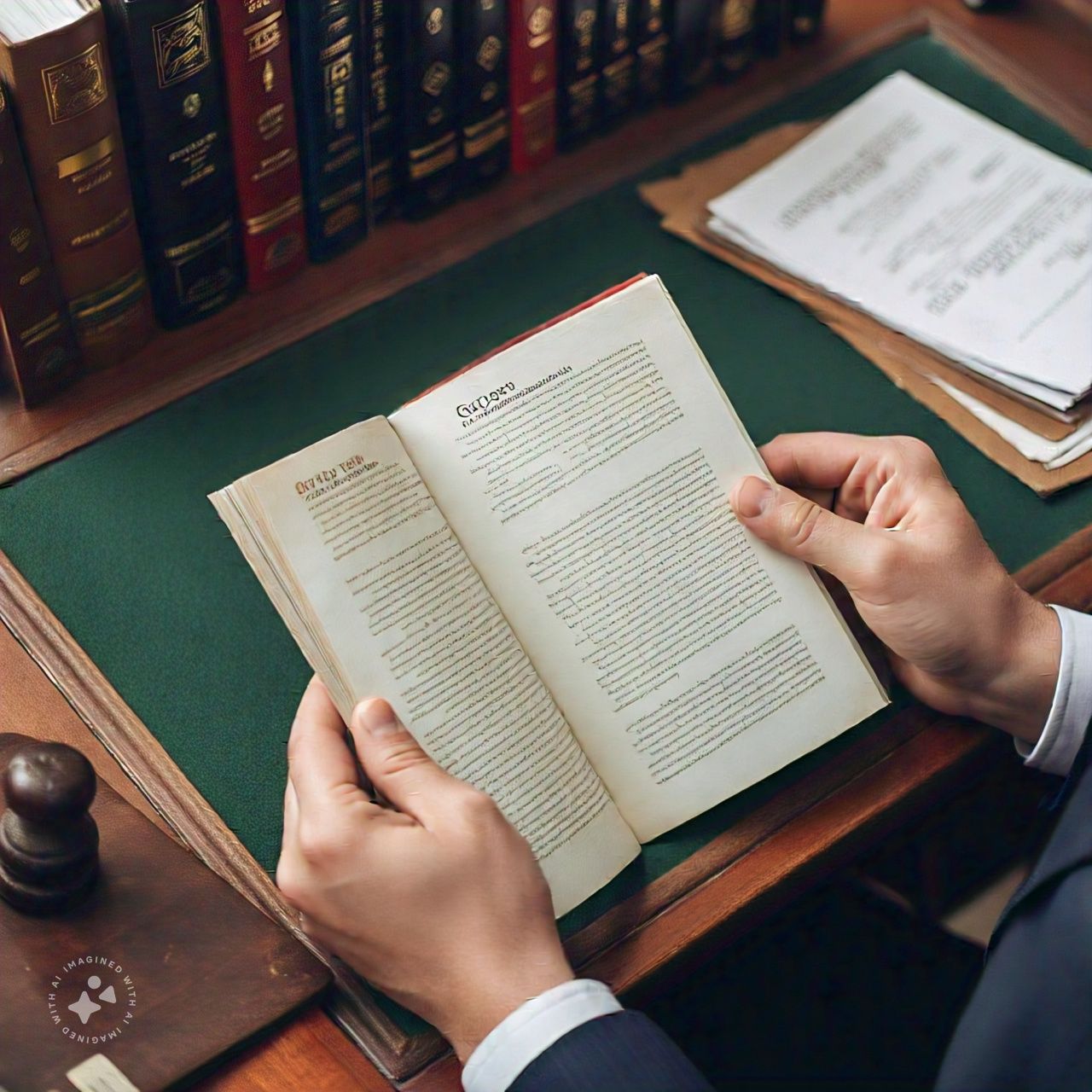
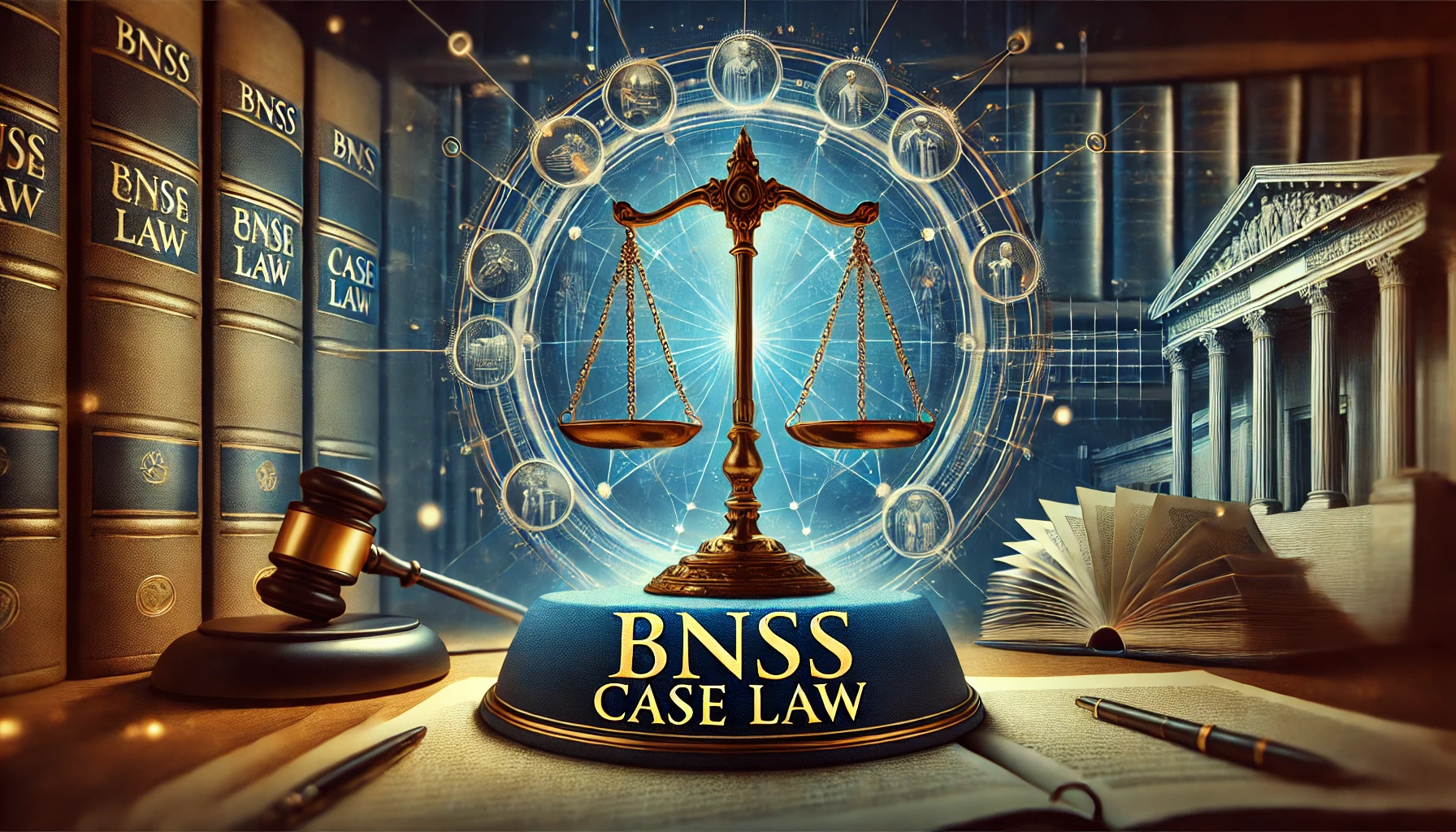






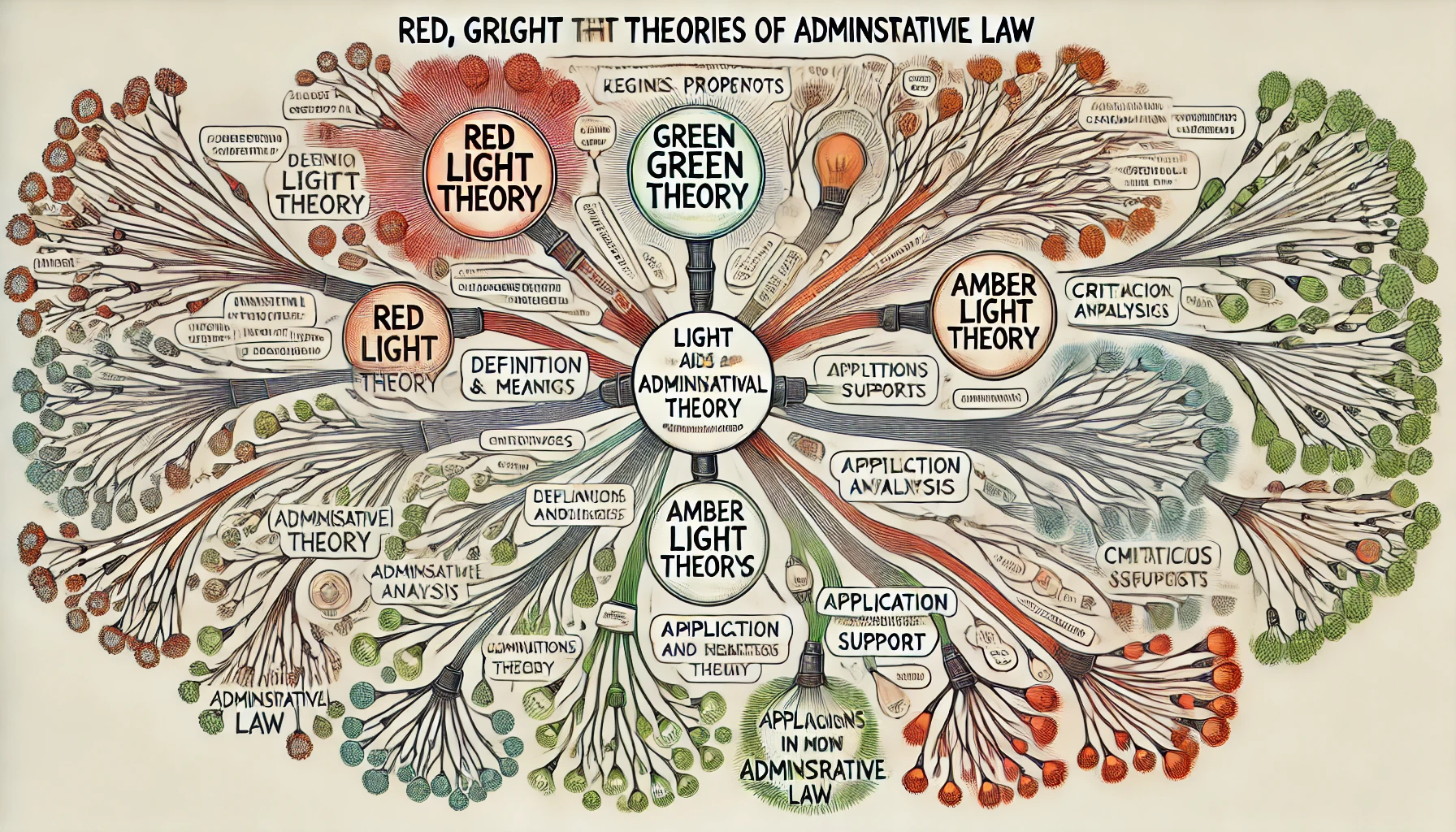

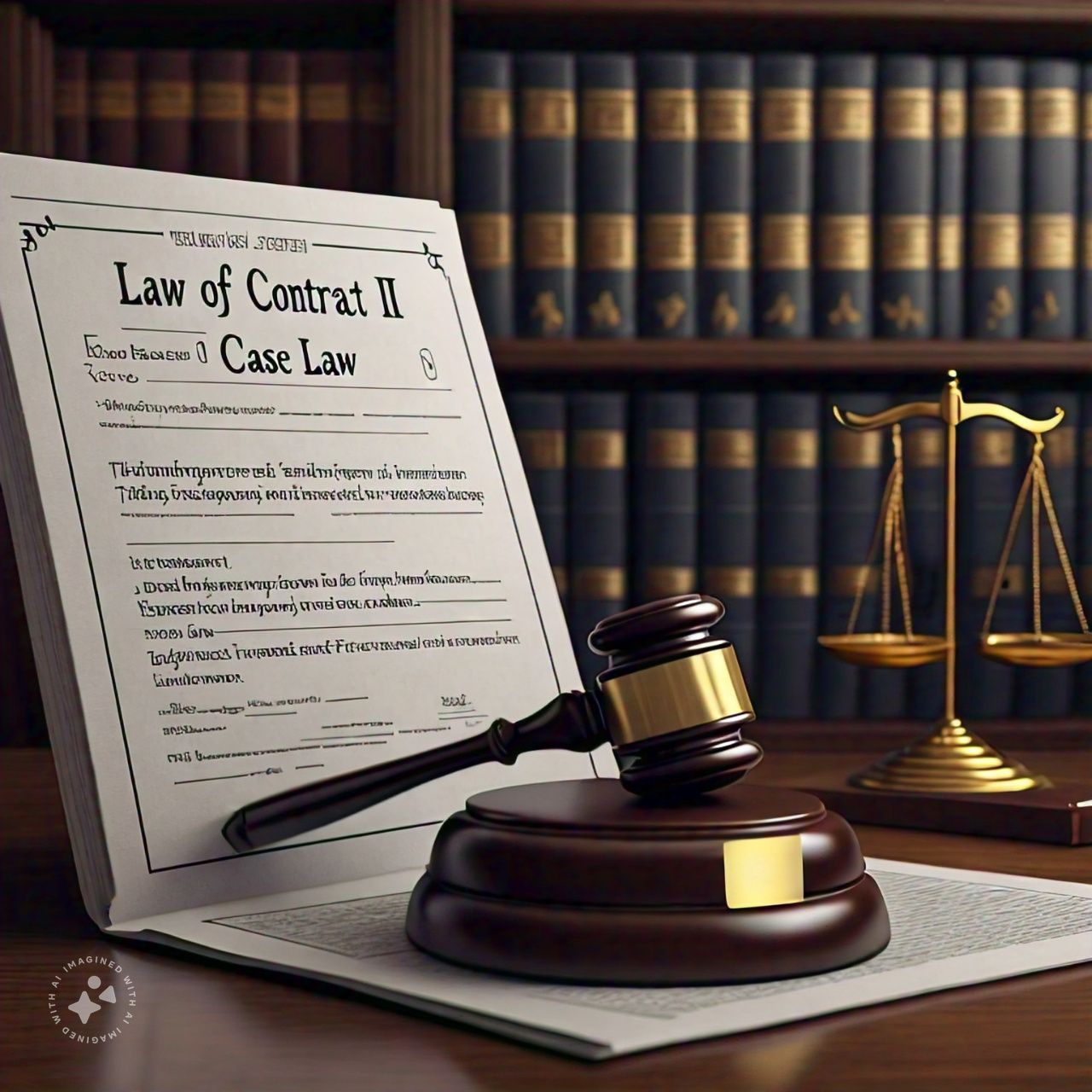
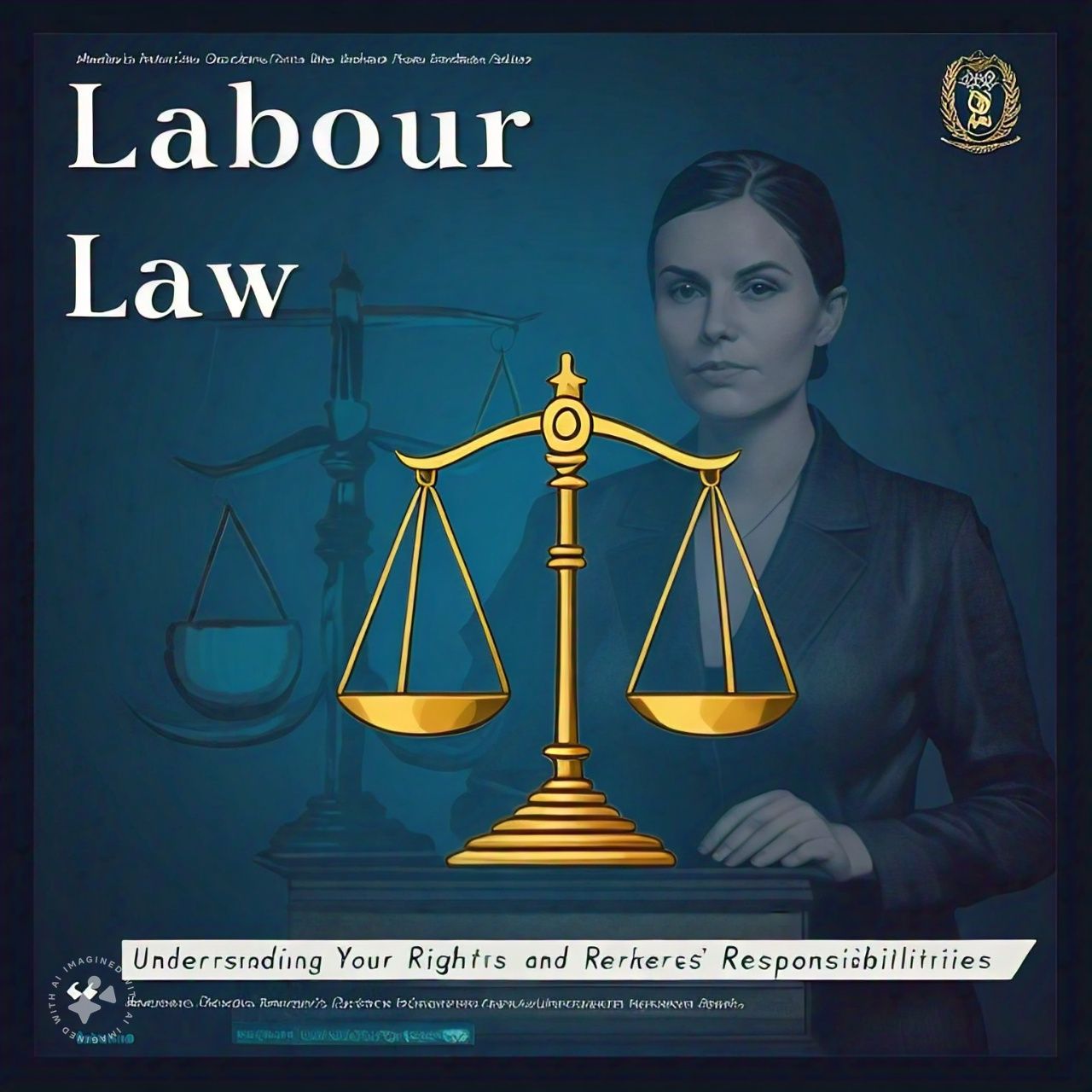

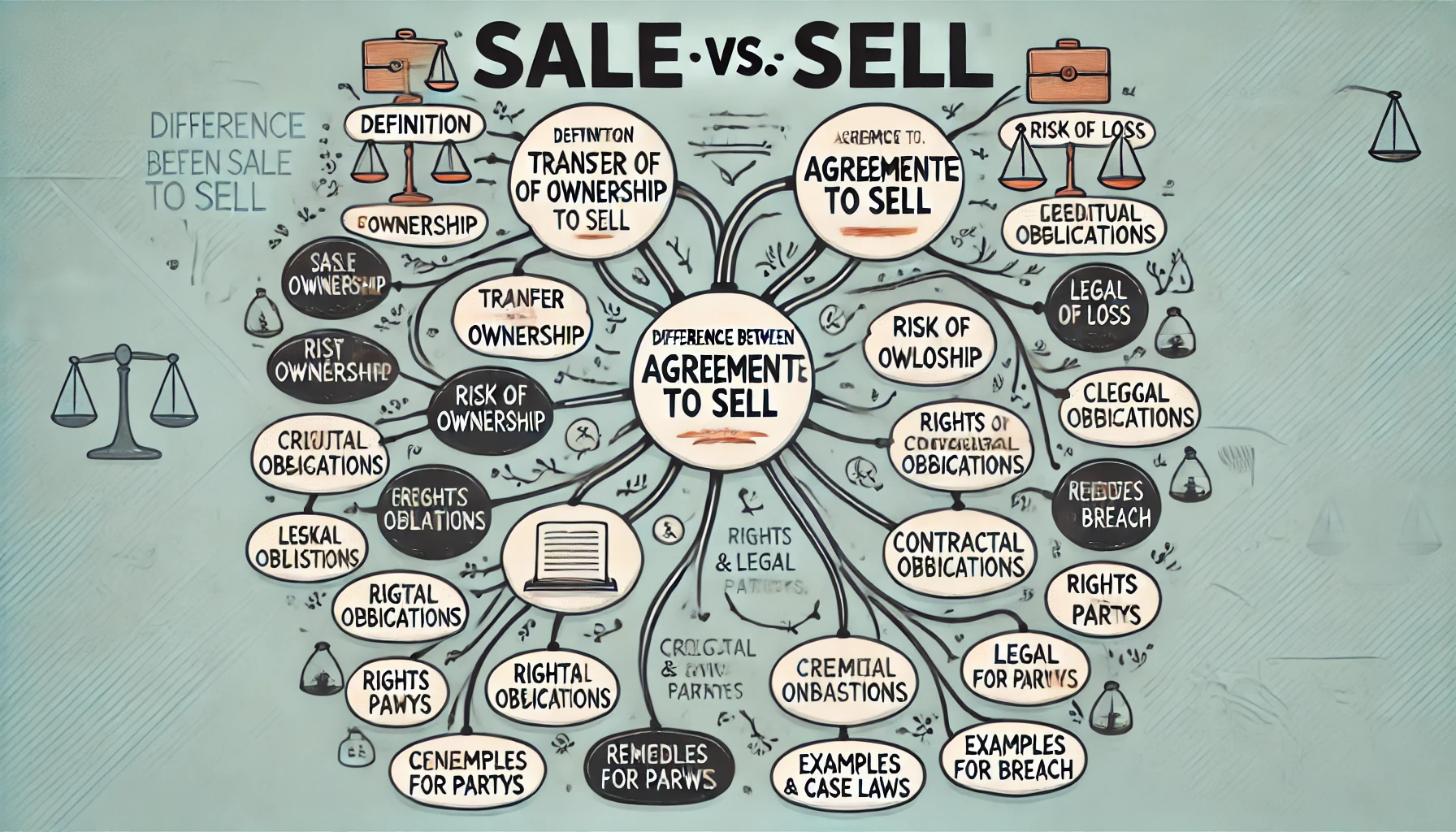




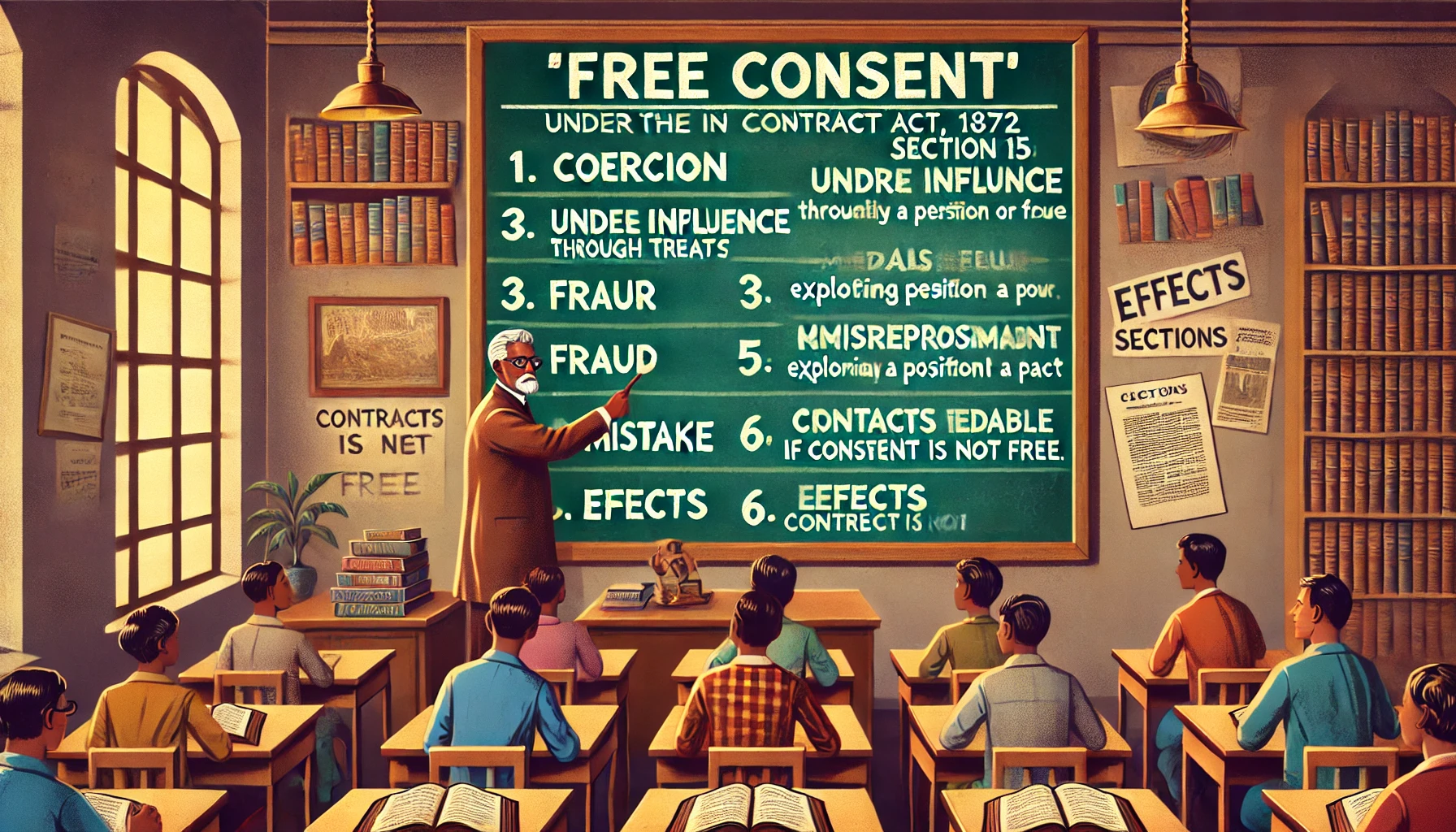
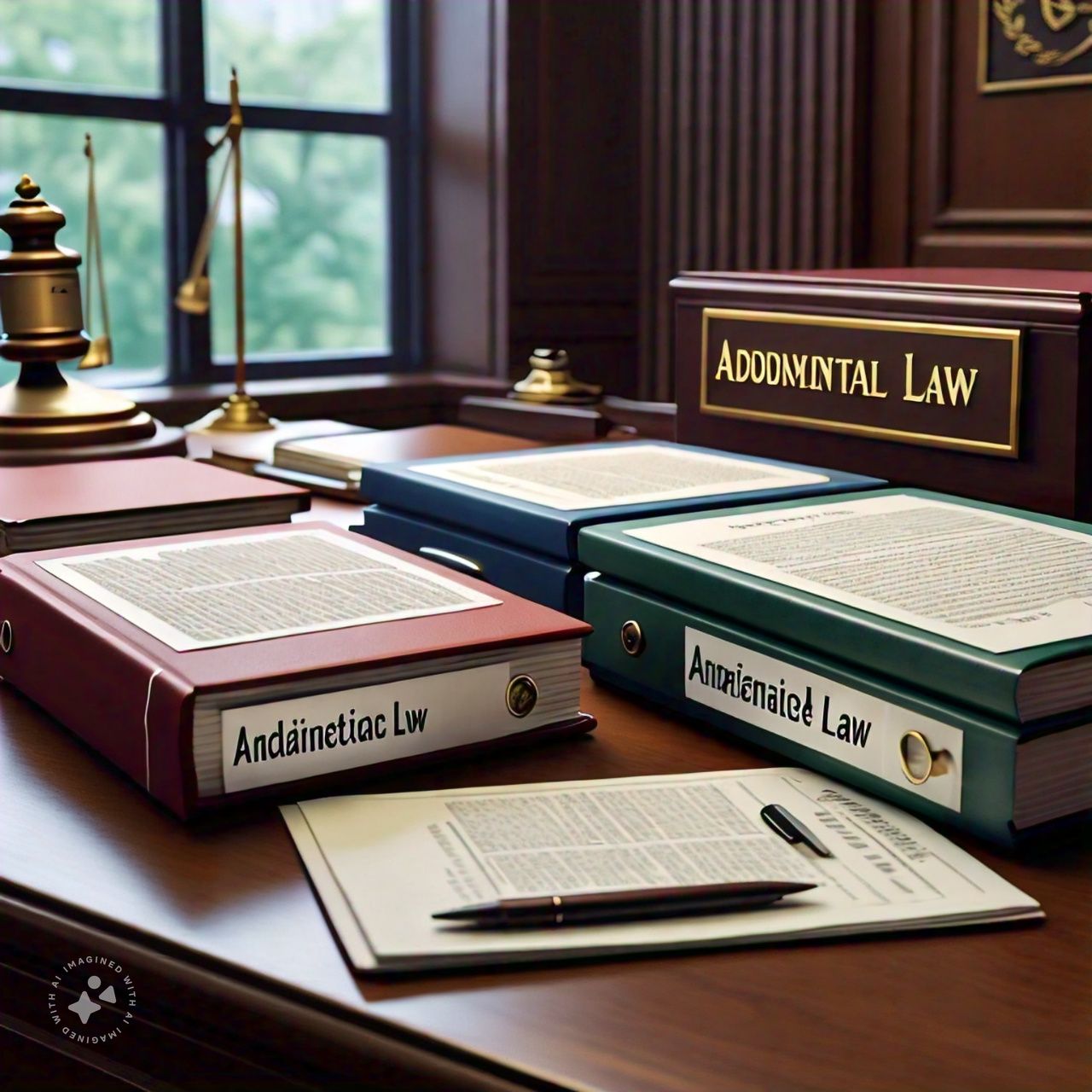


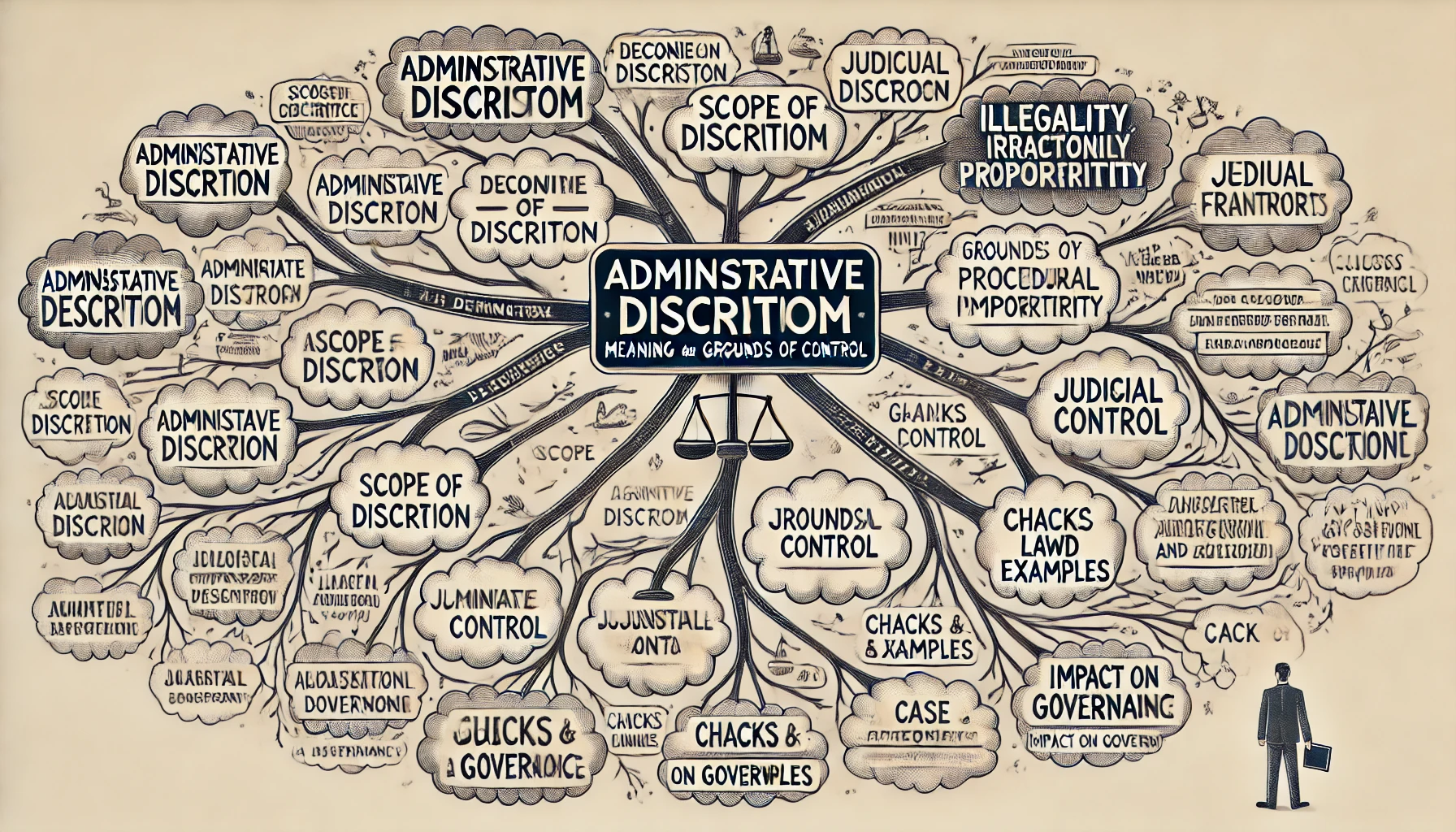
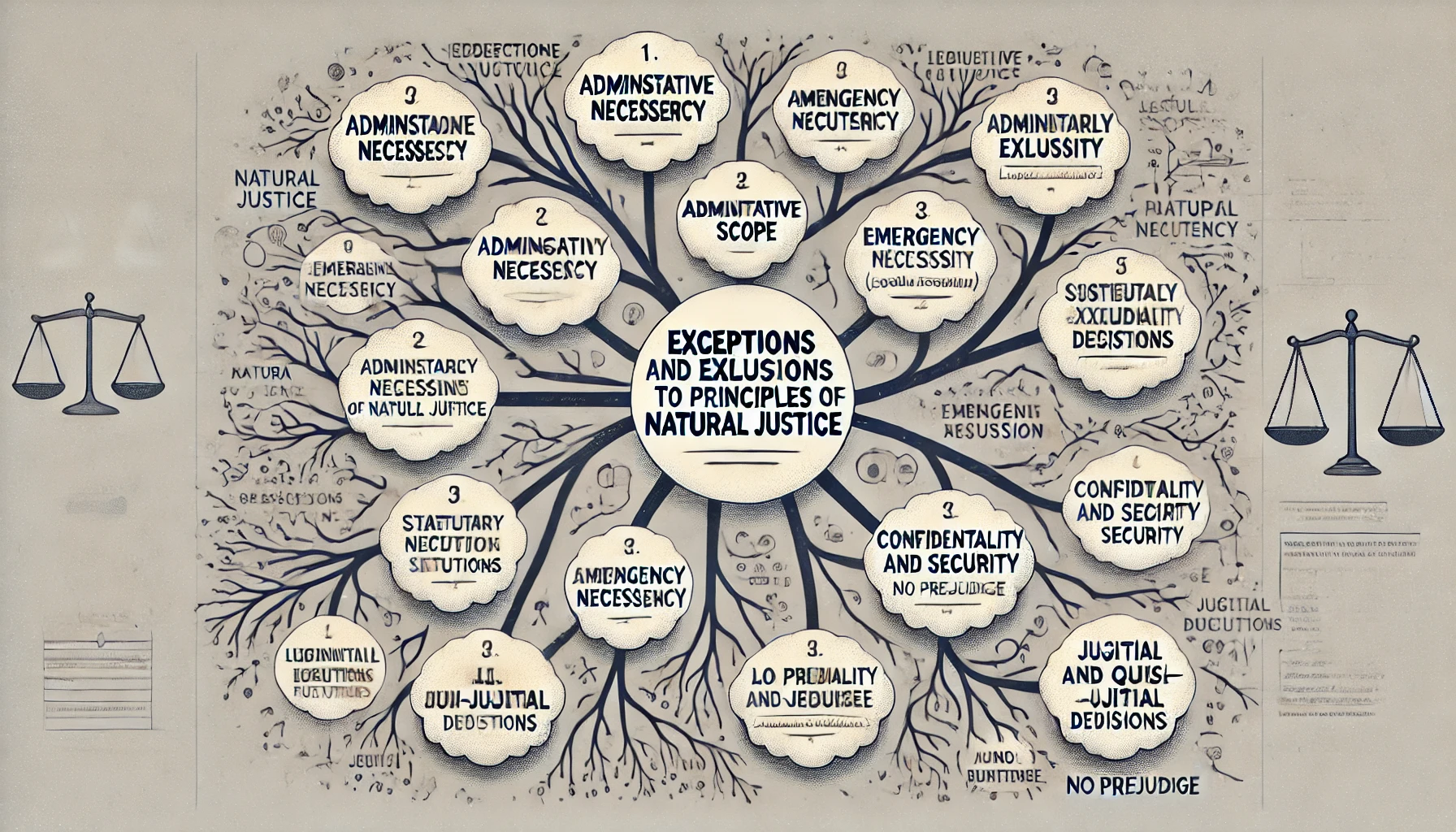






Comment
Nothing for now